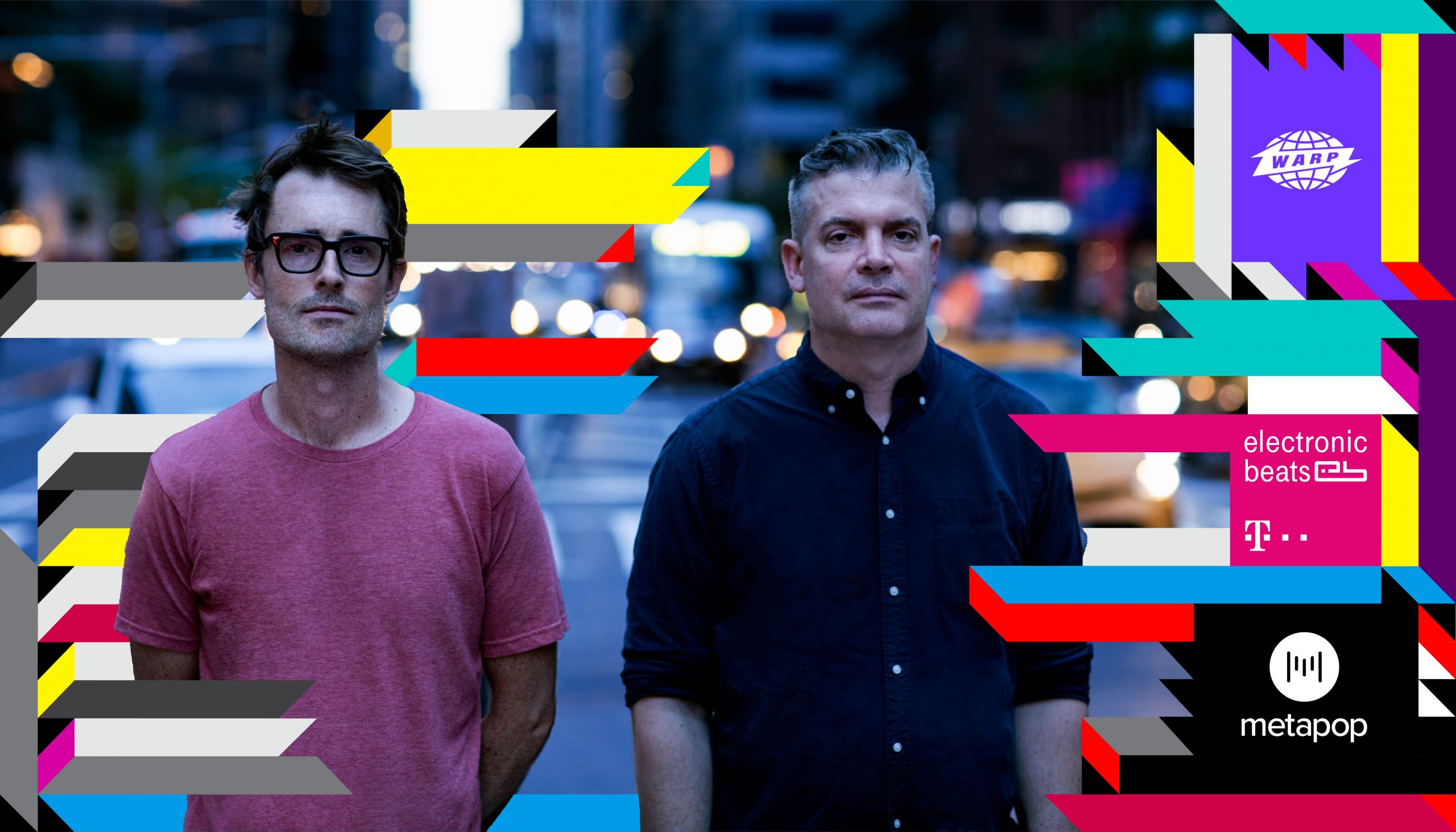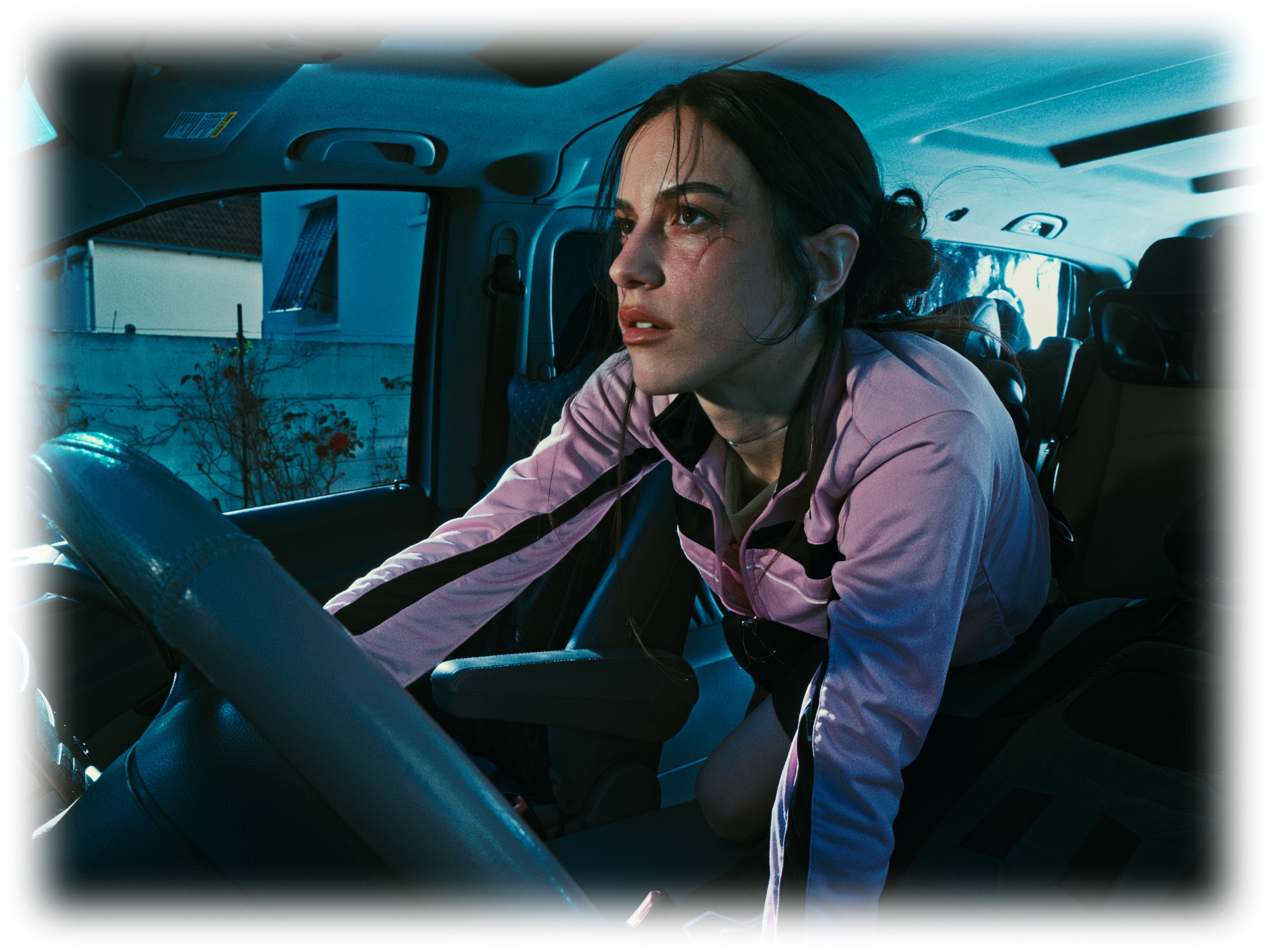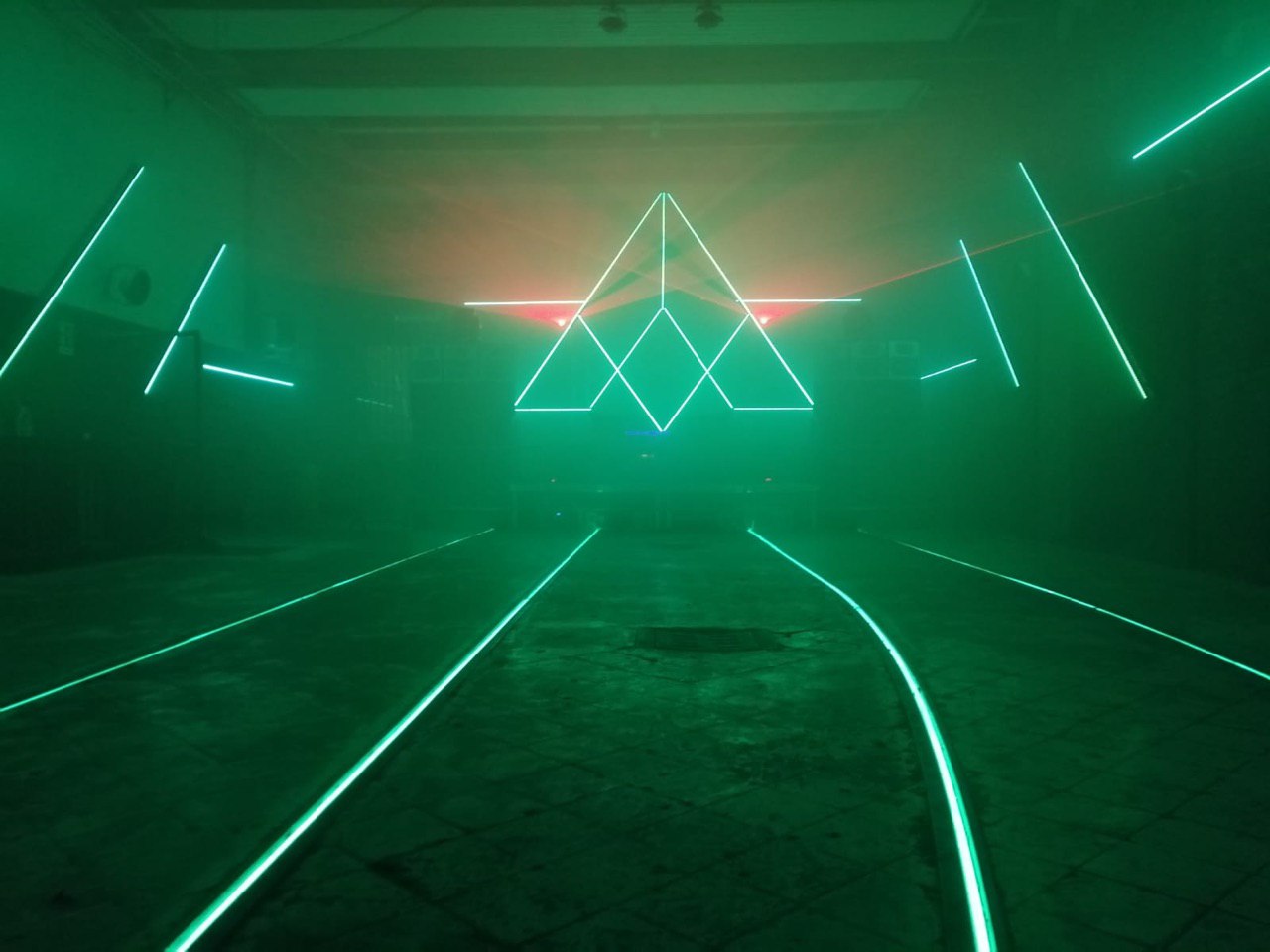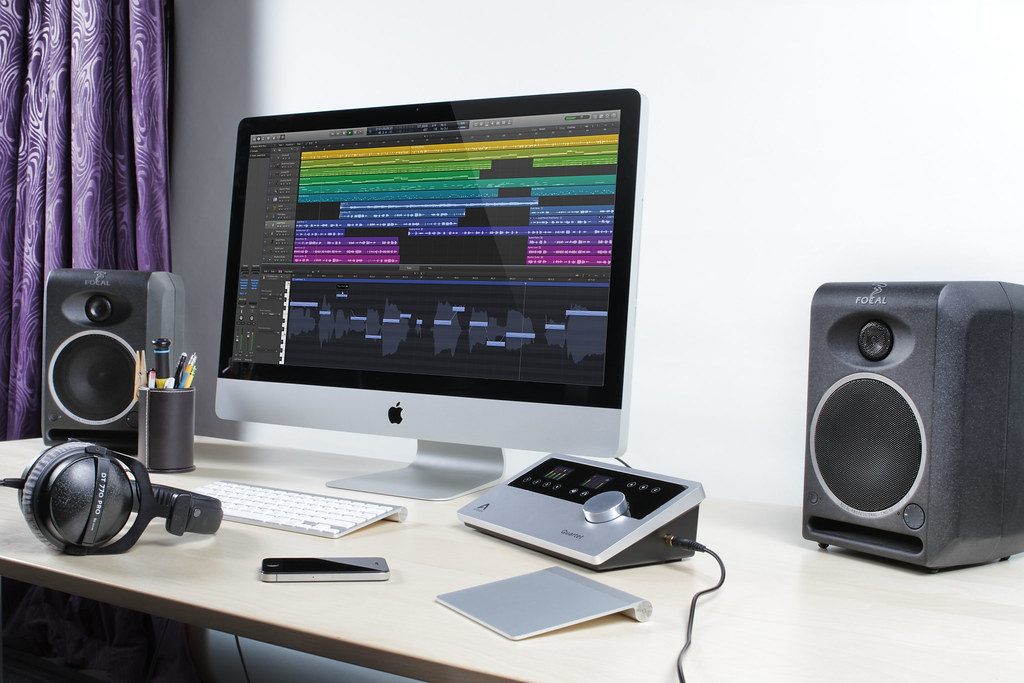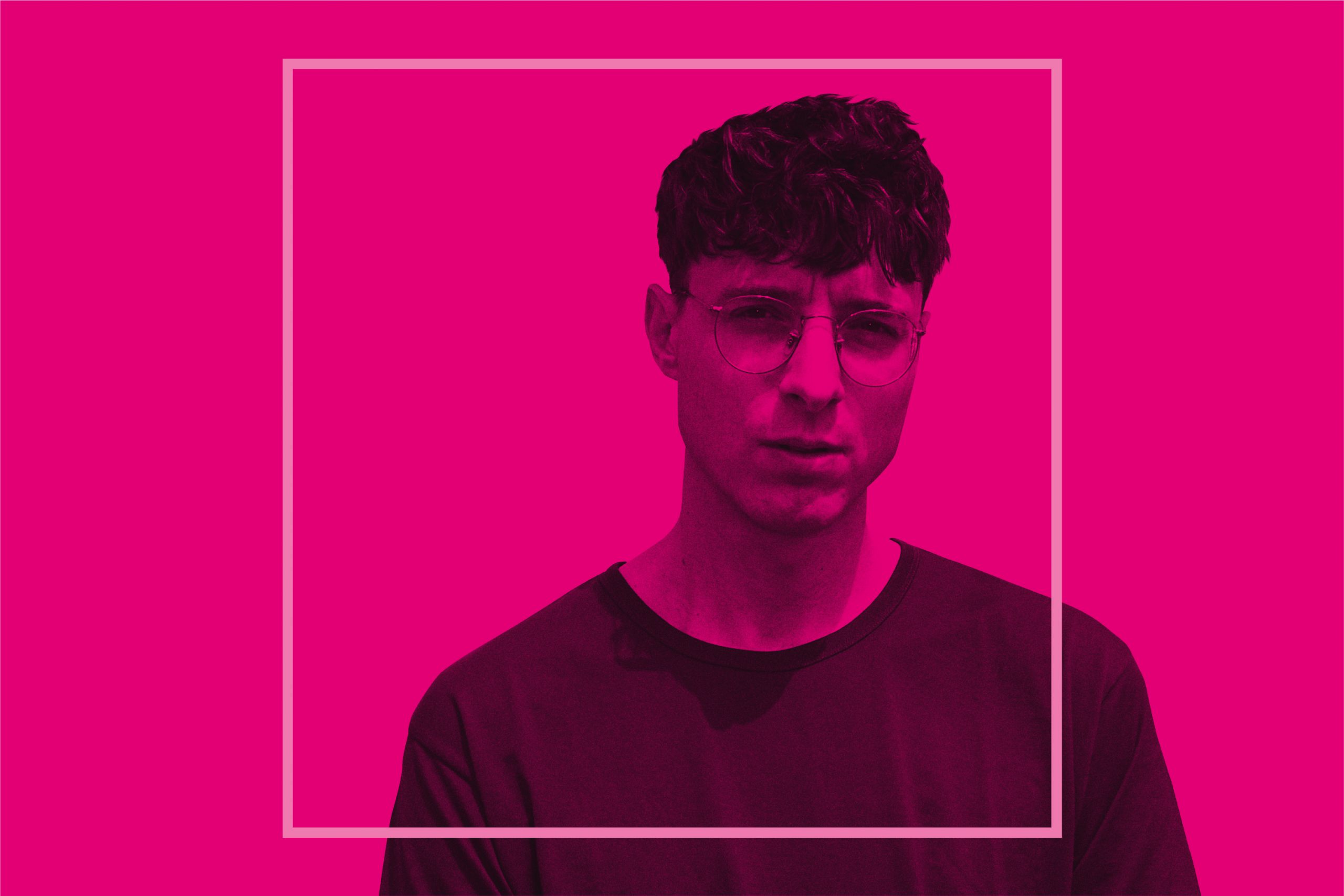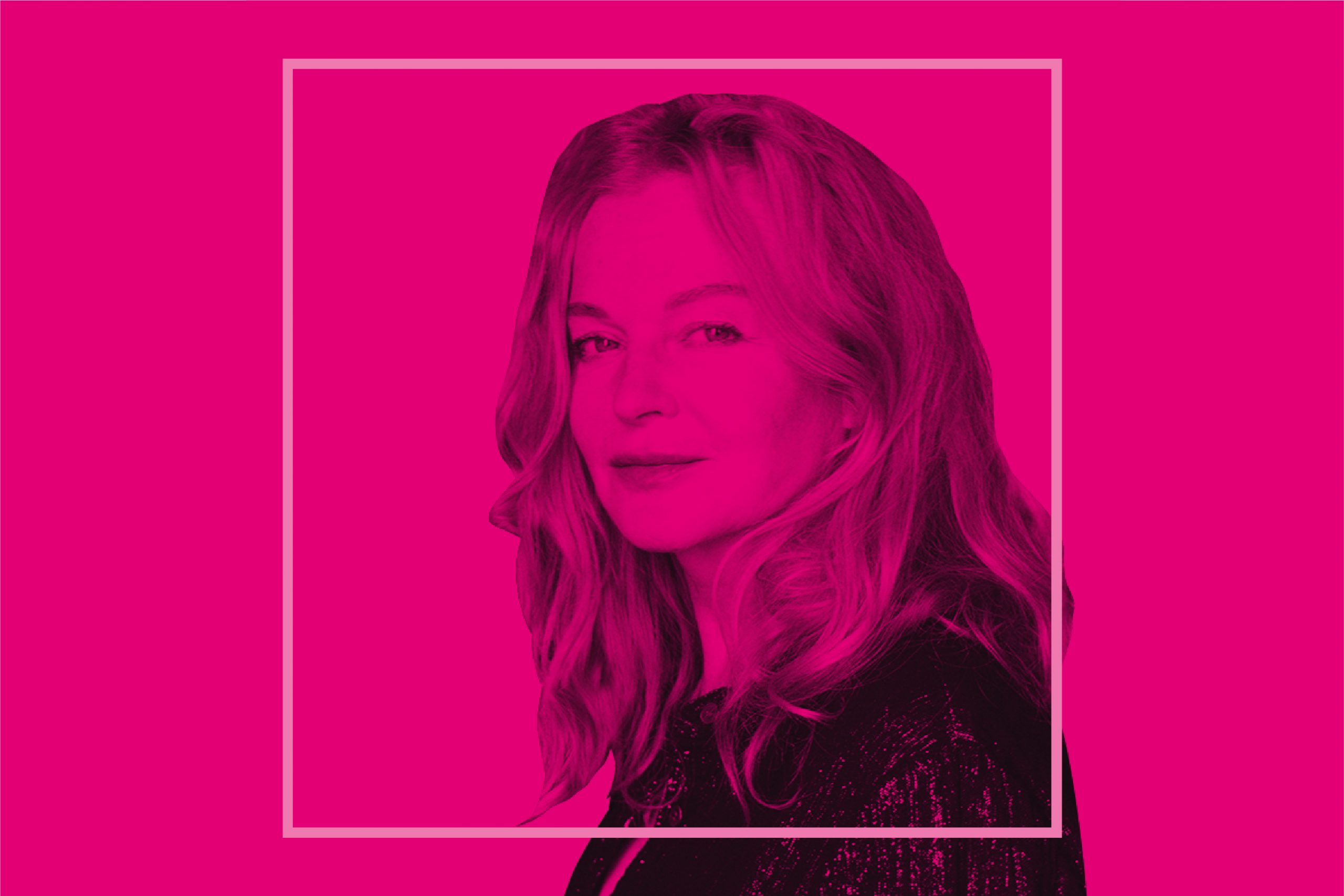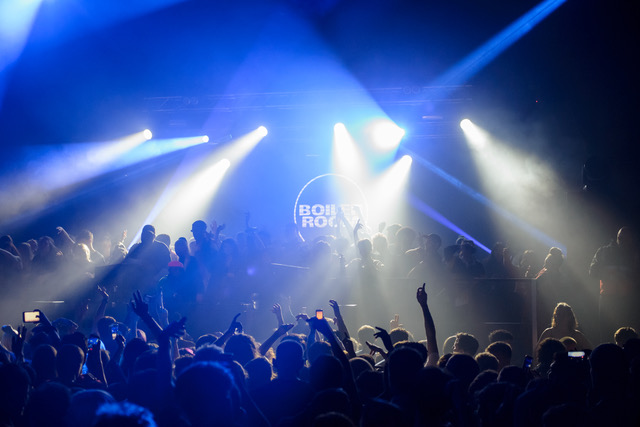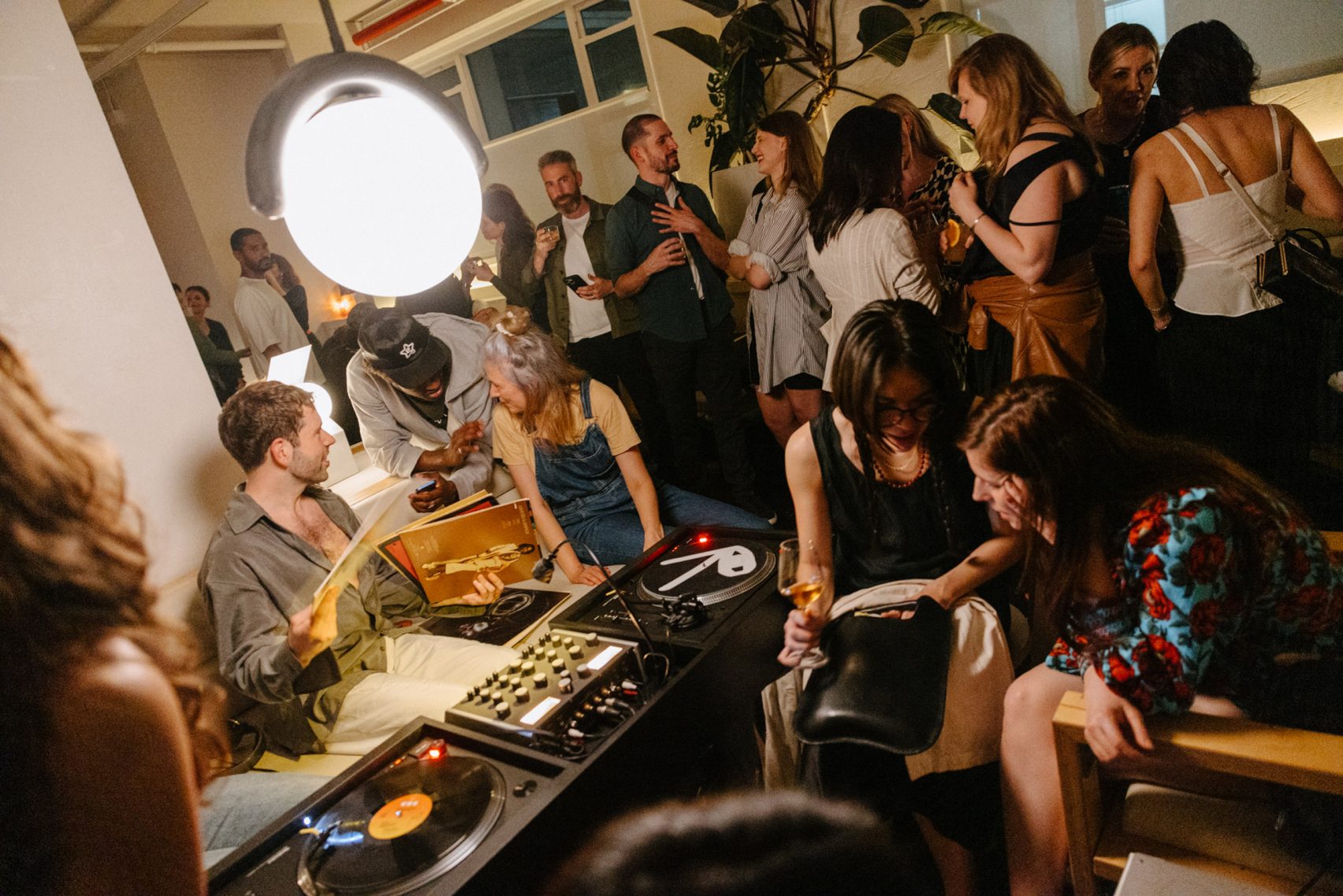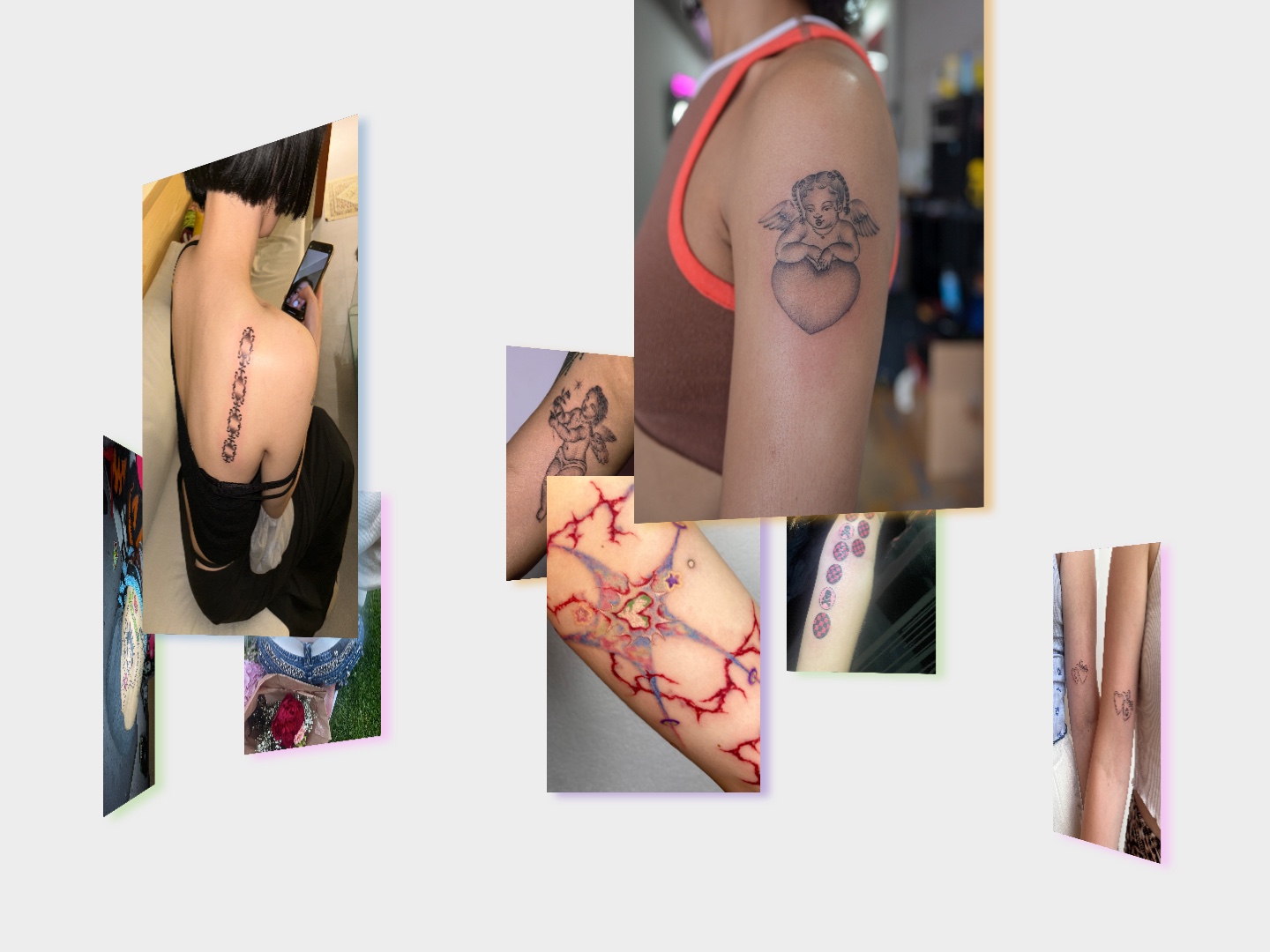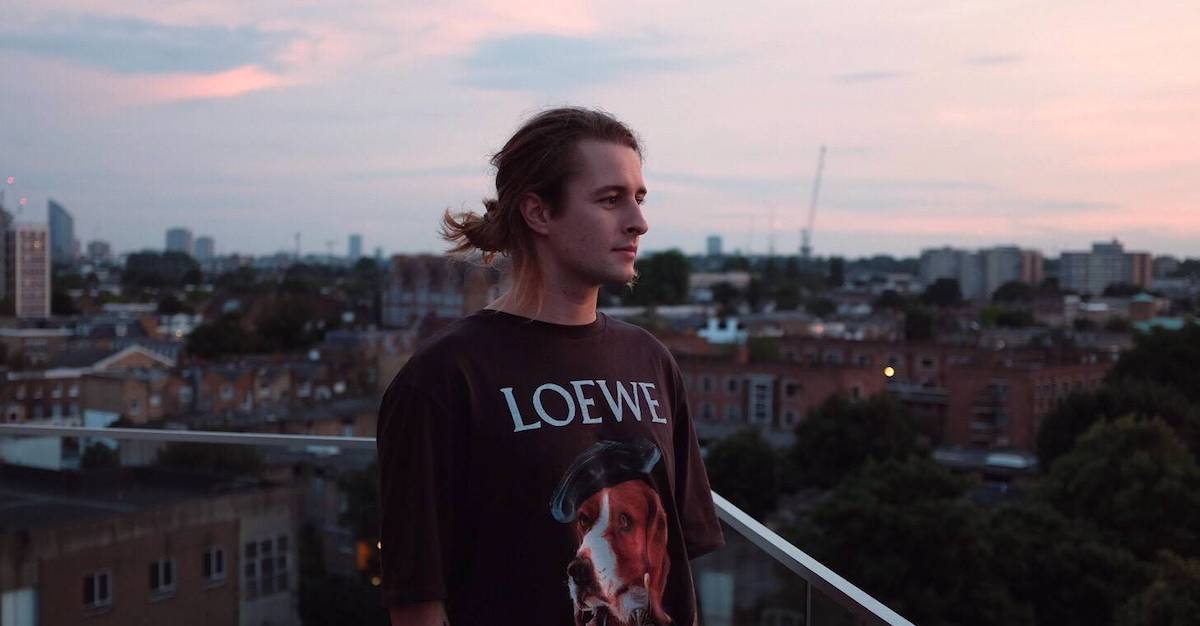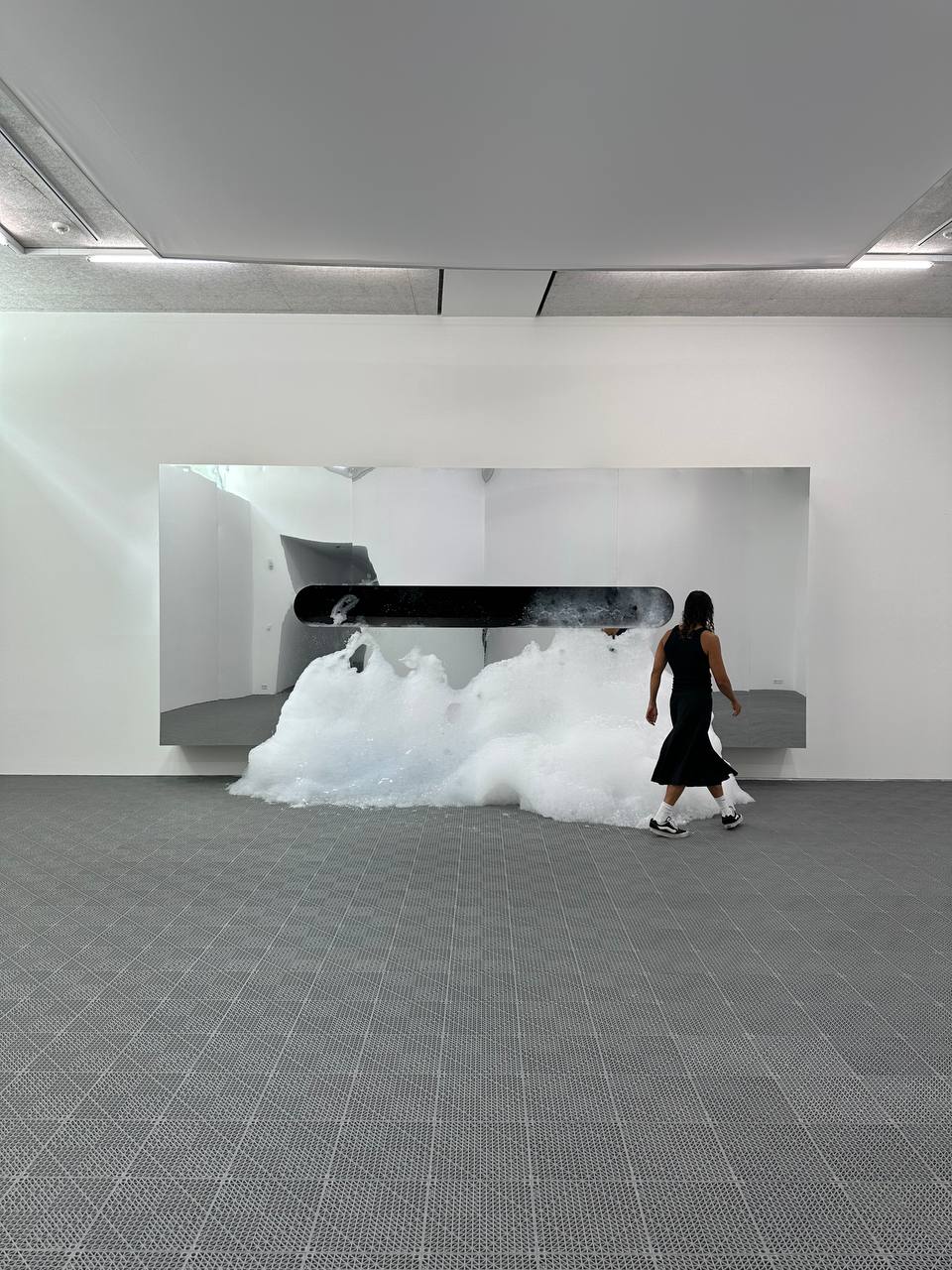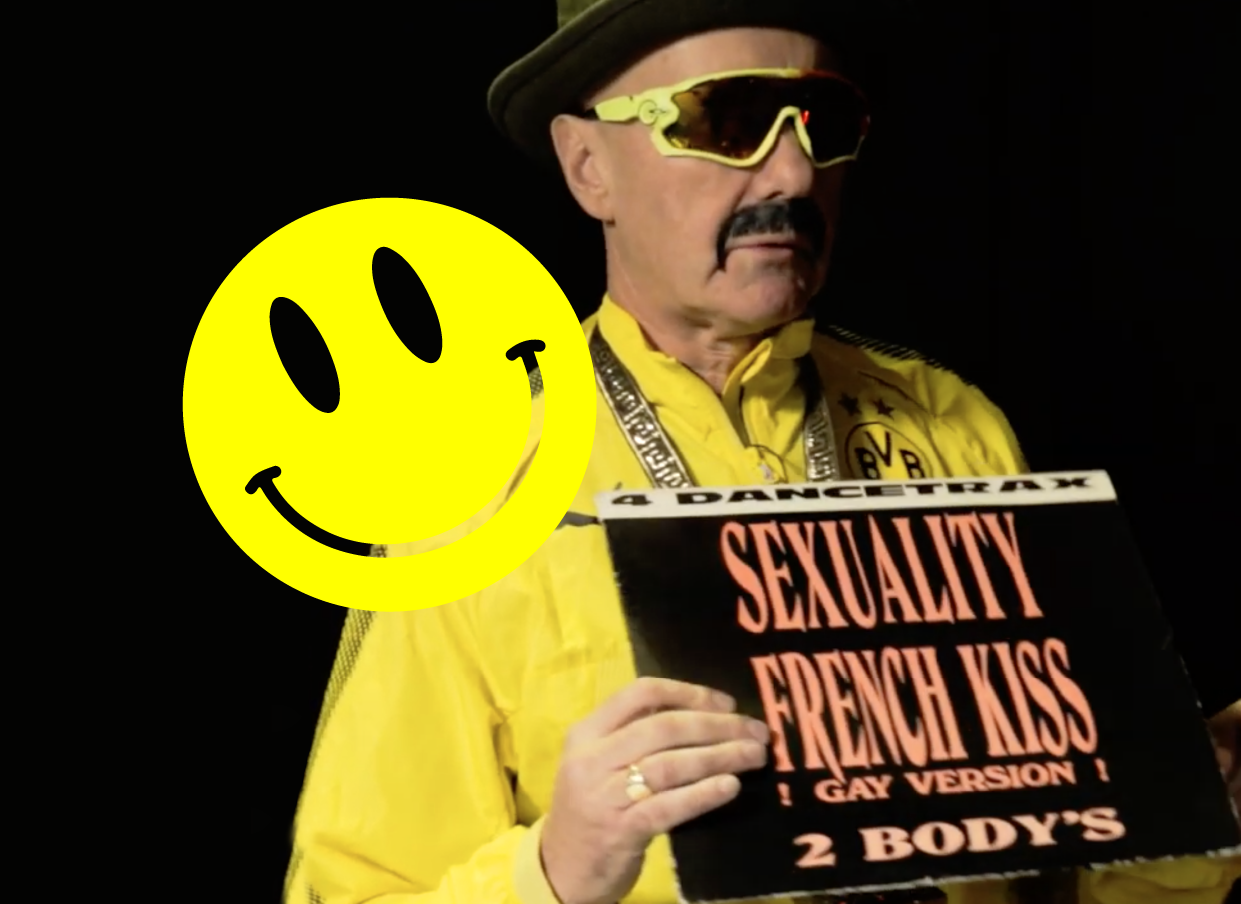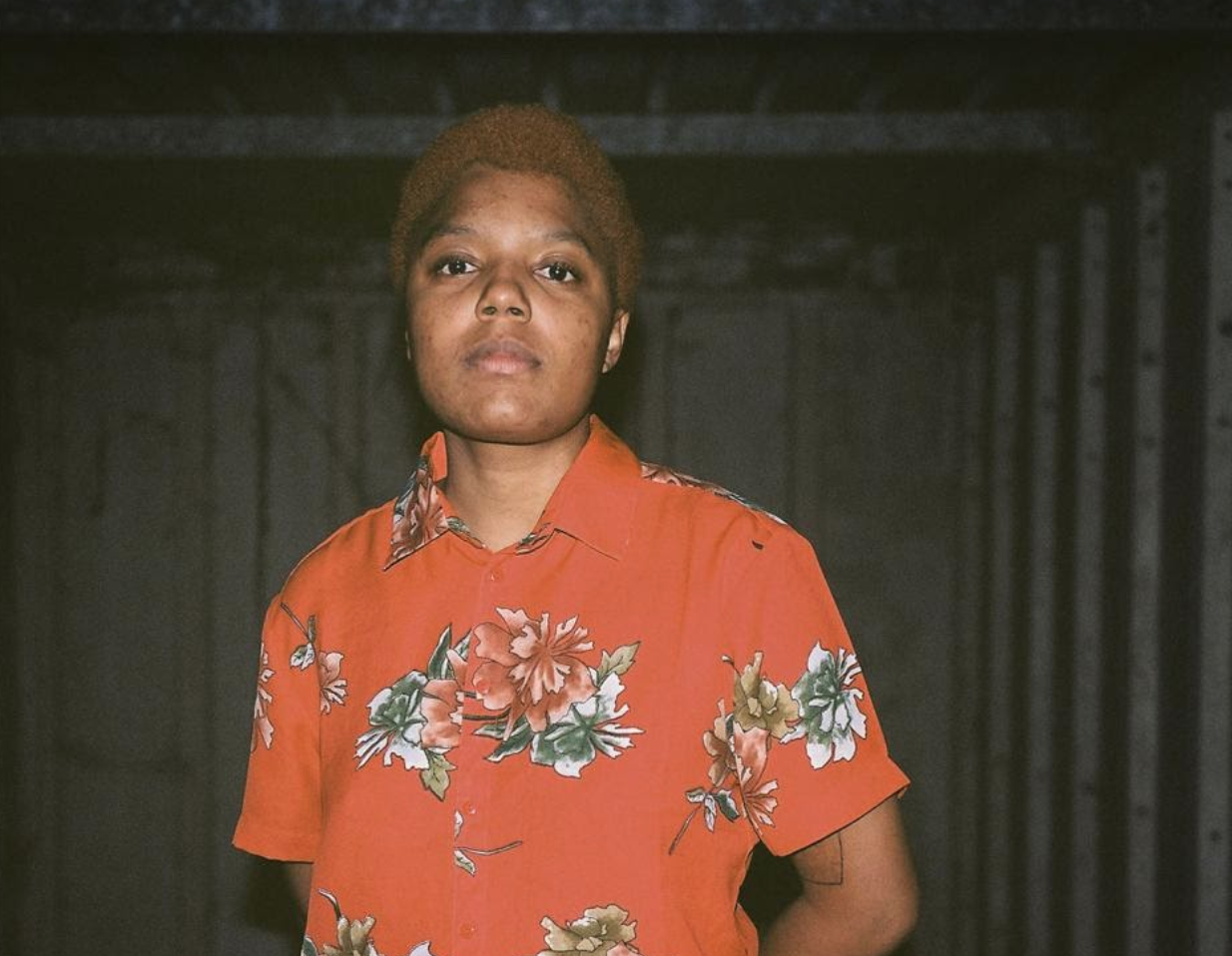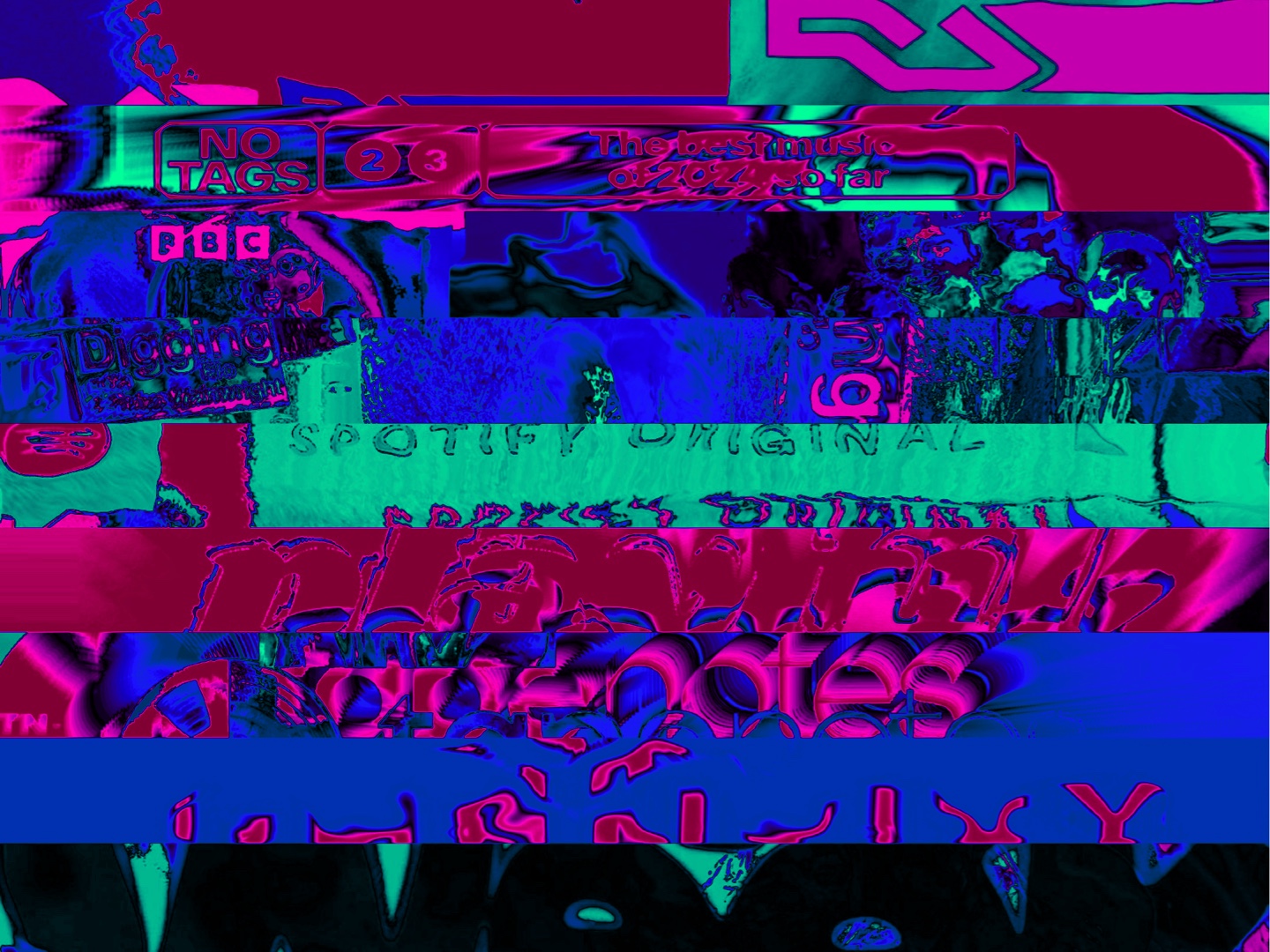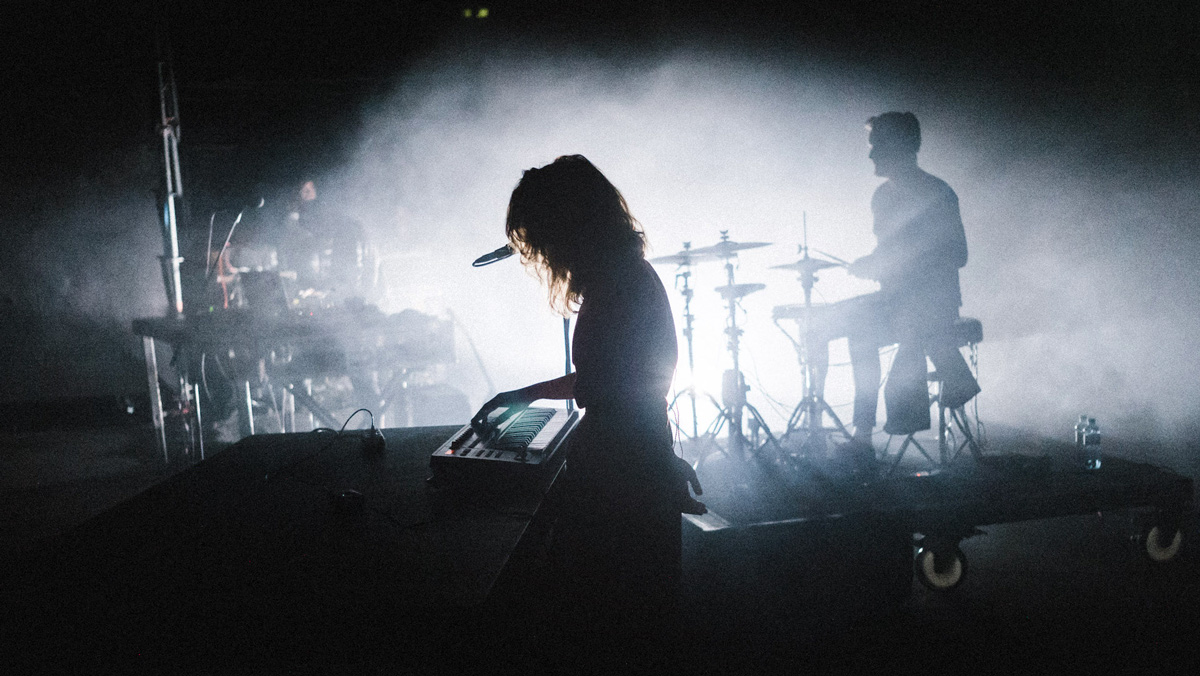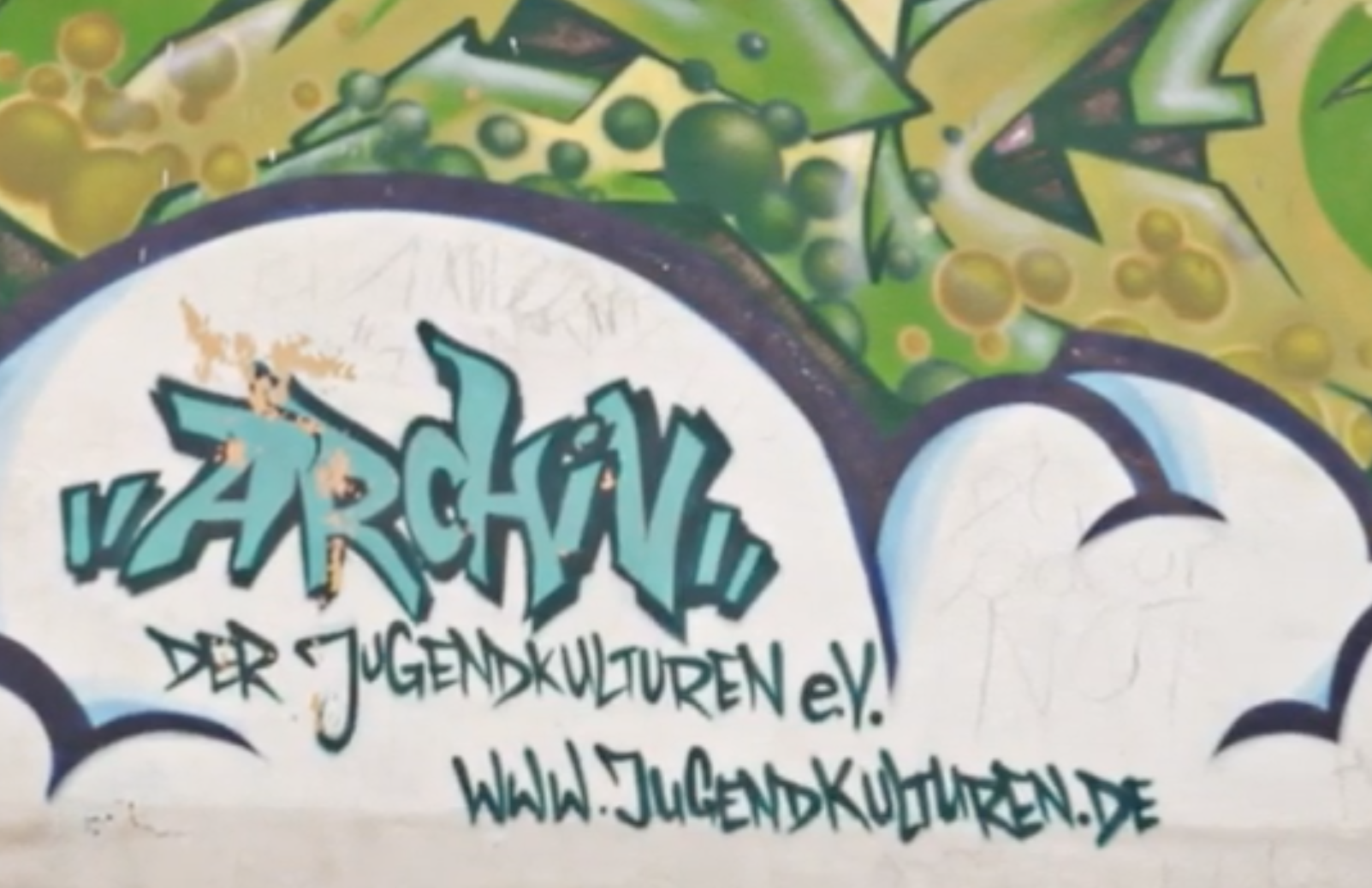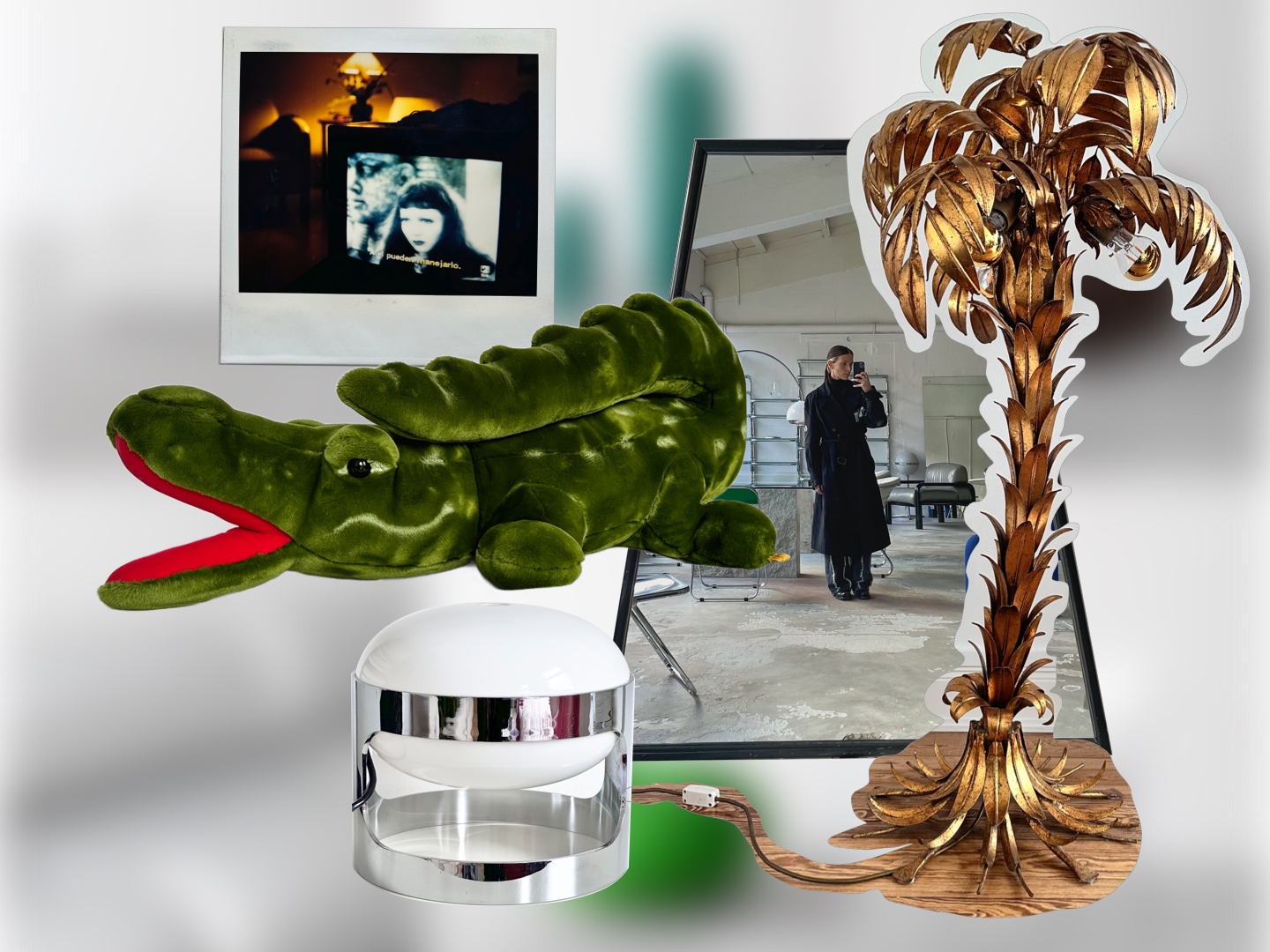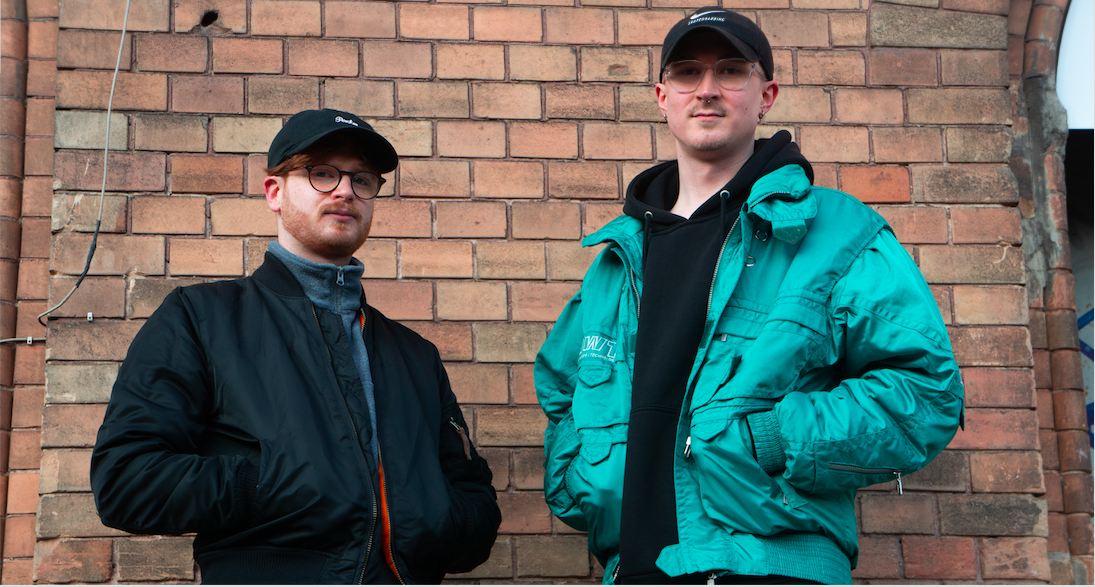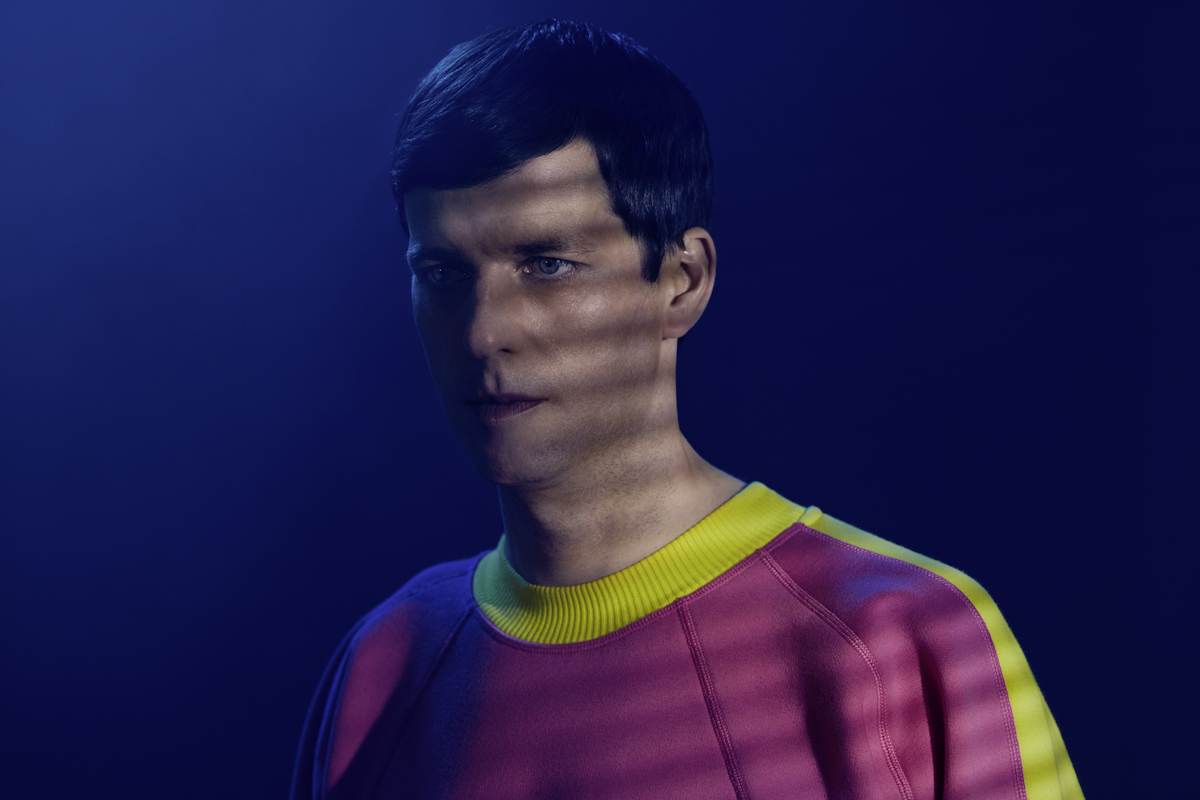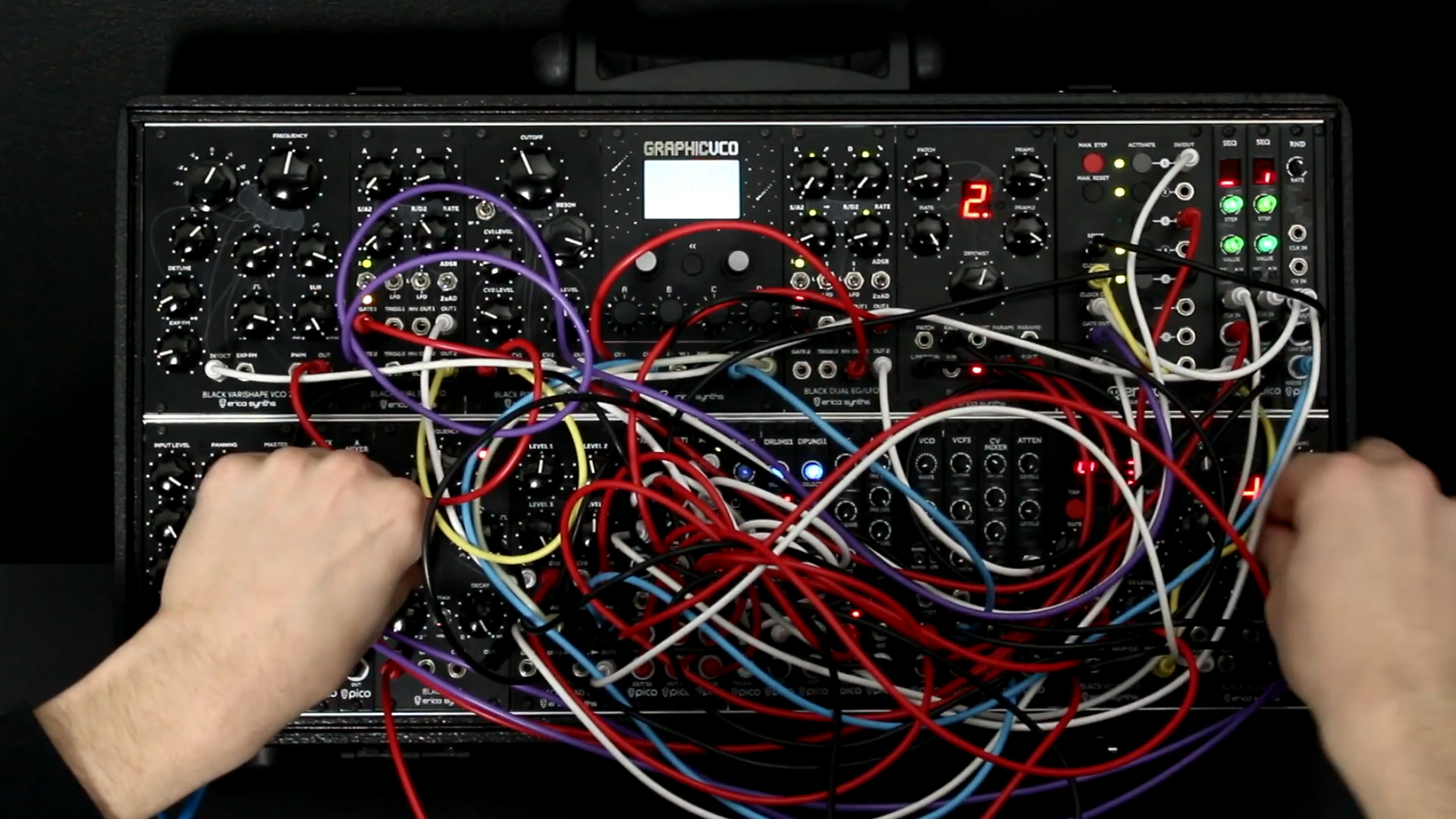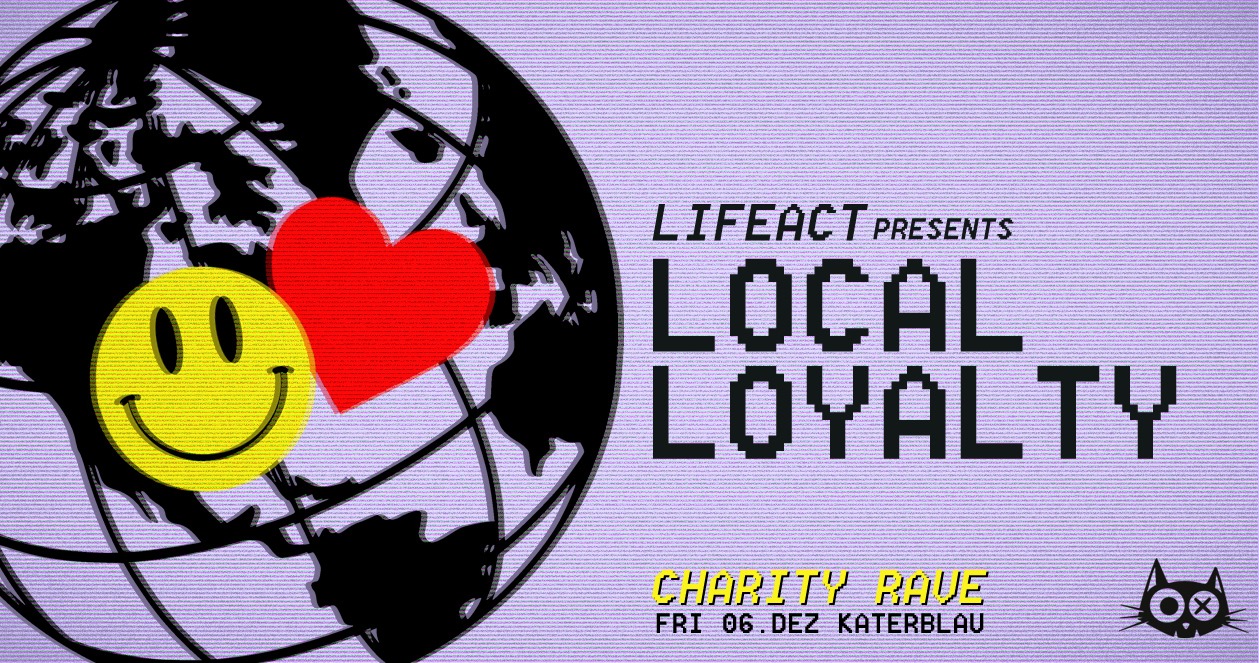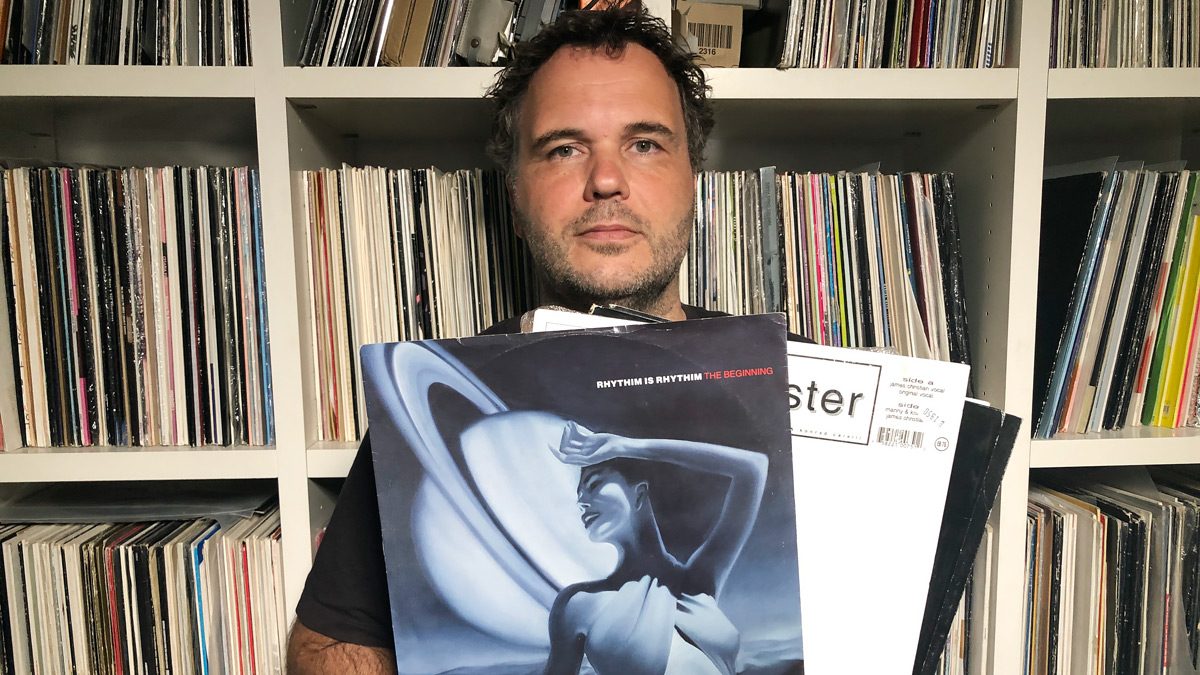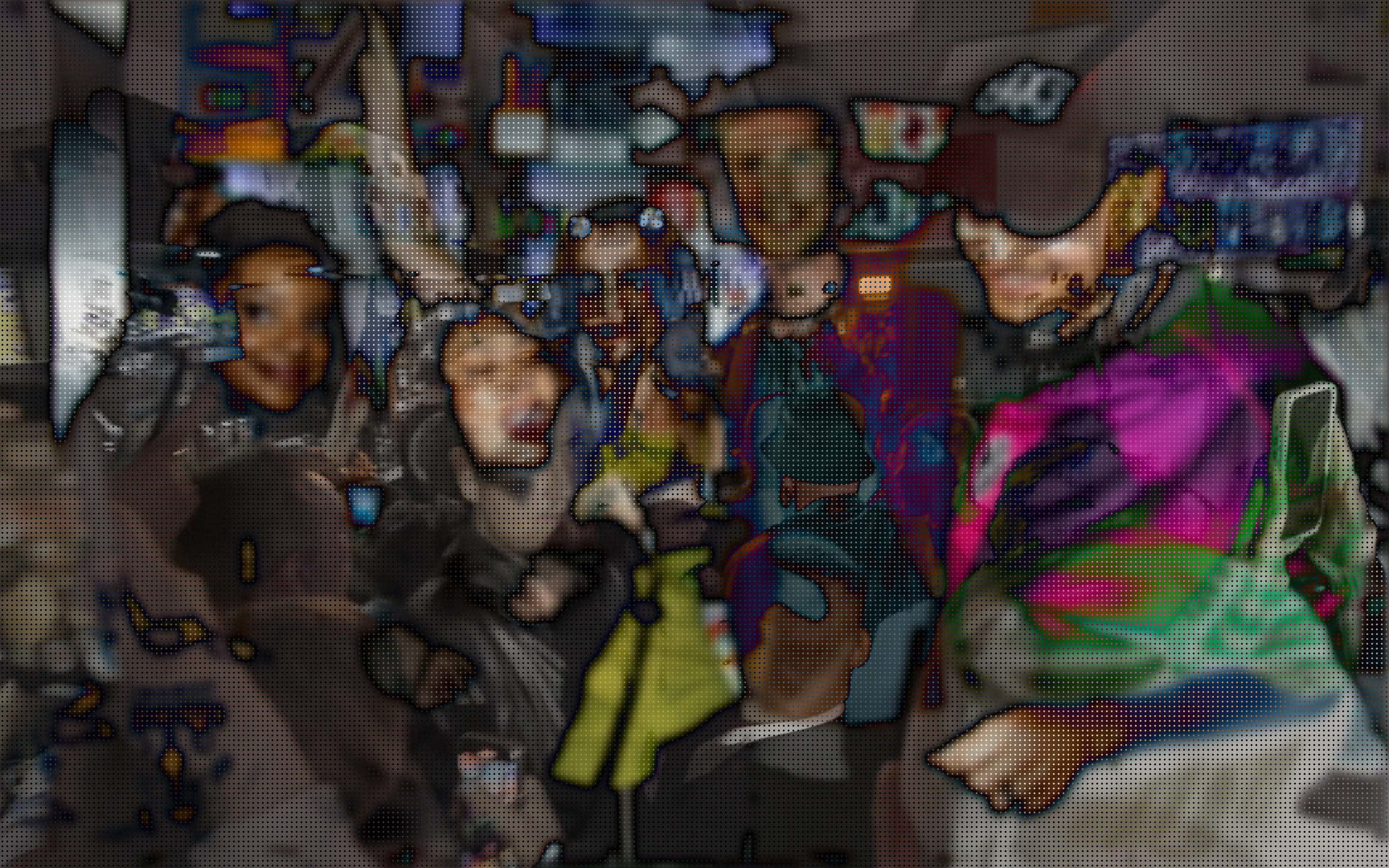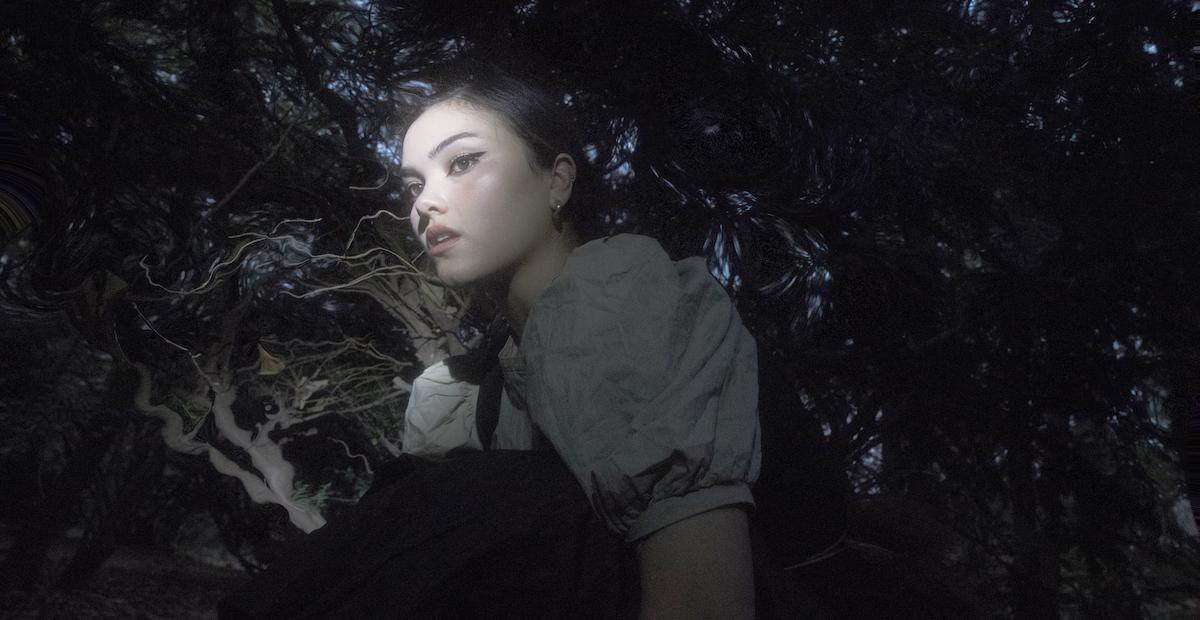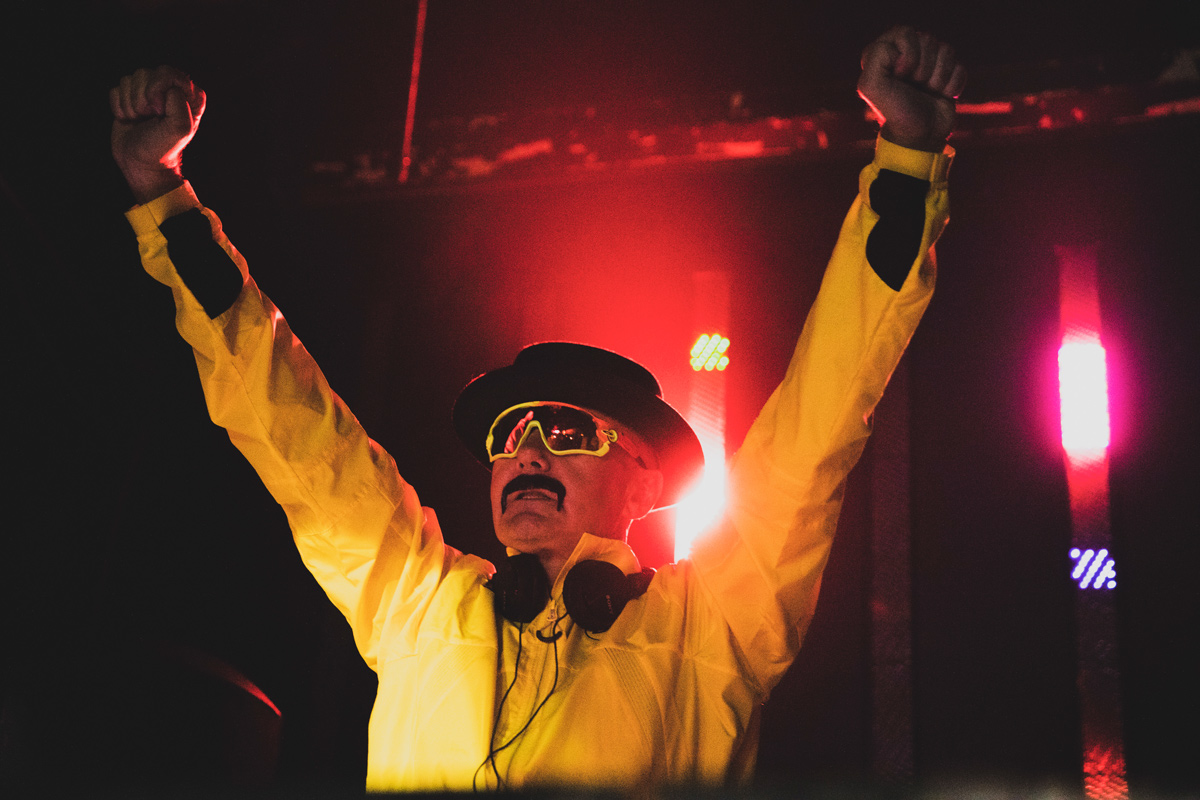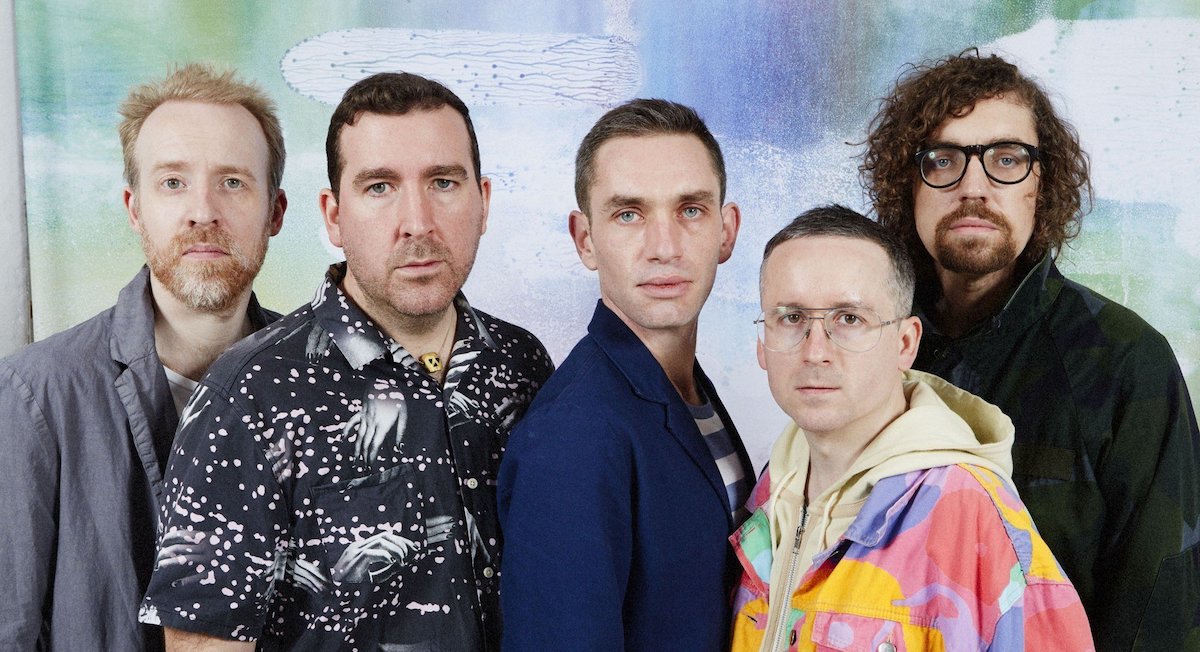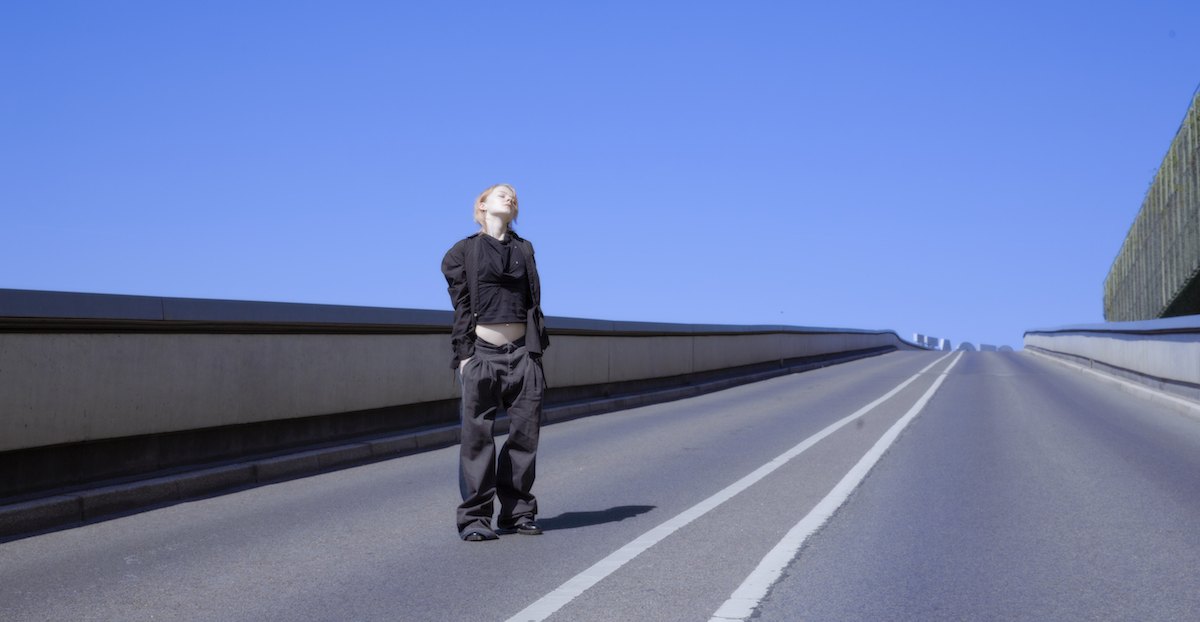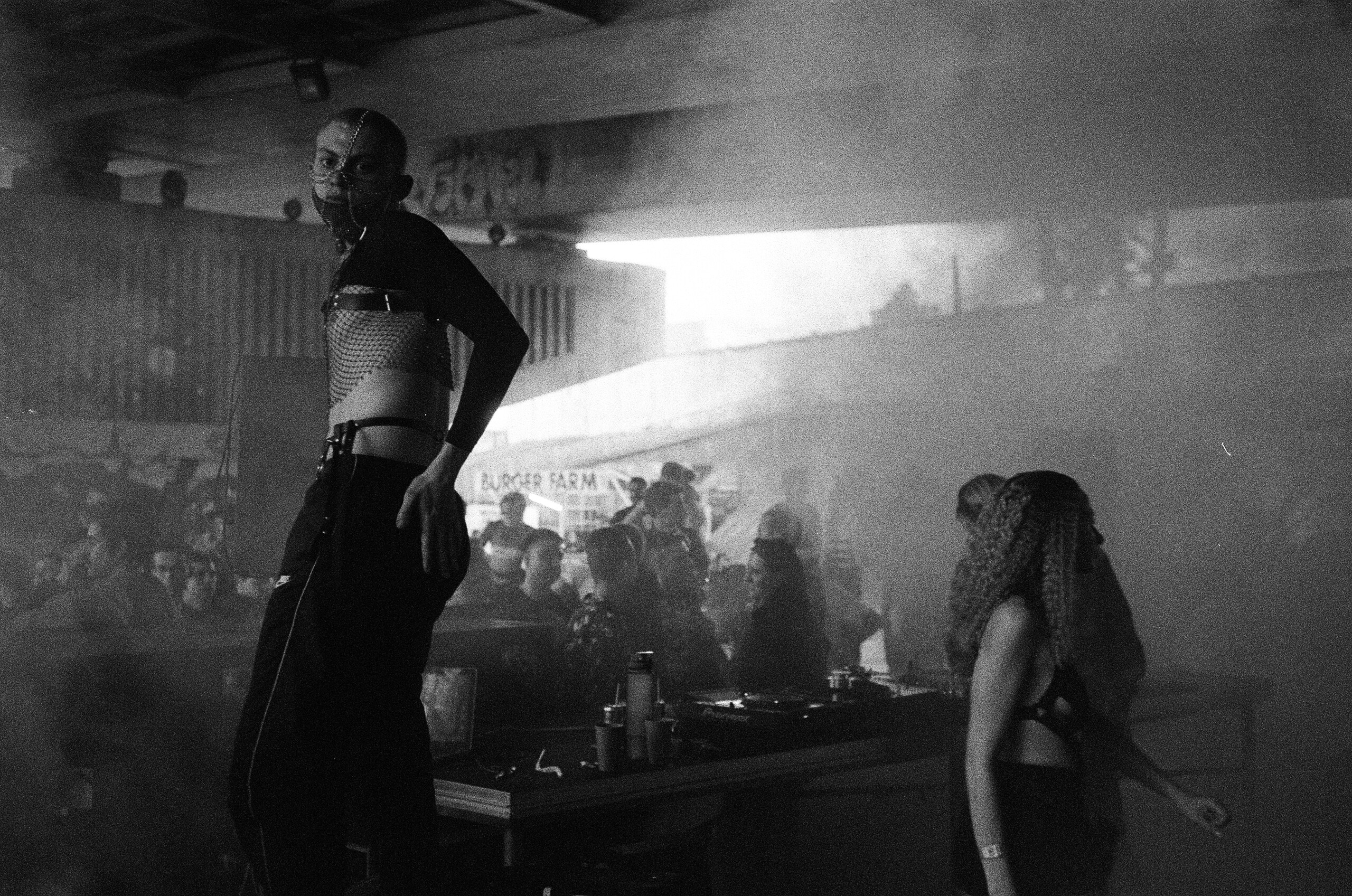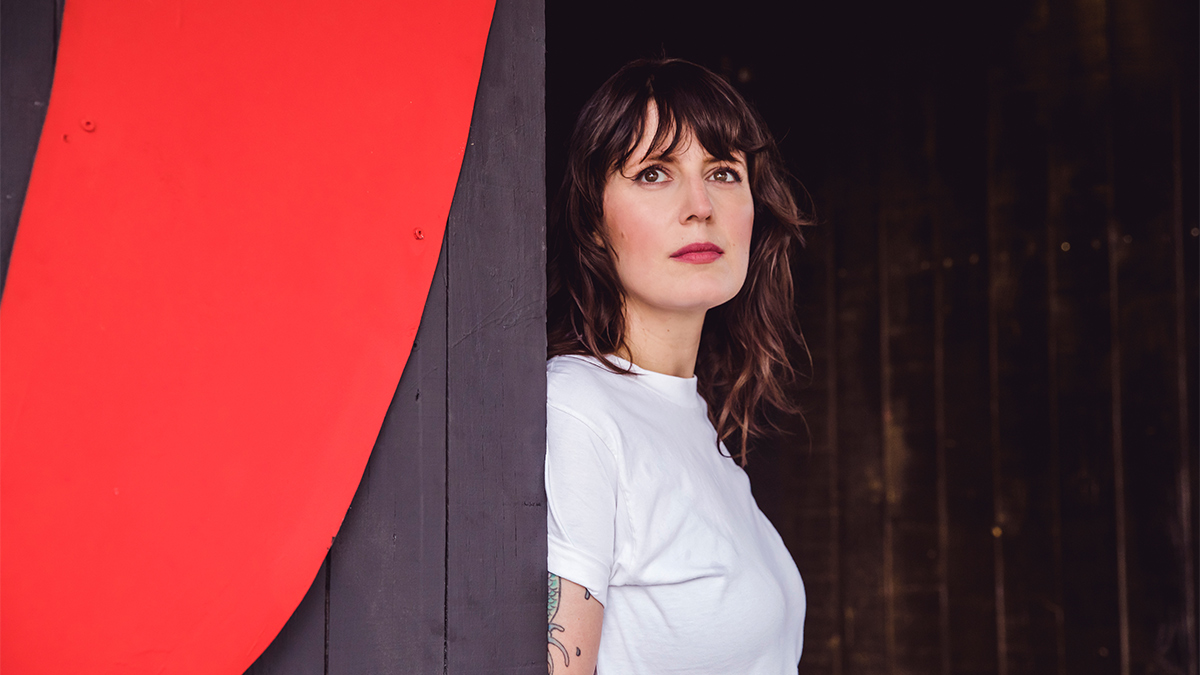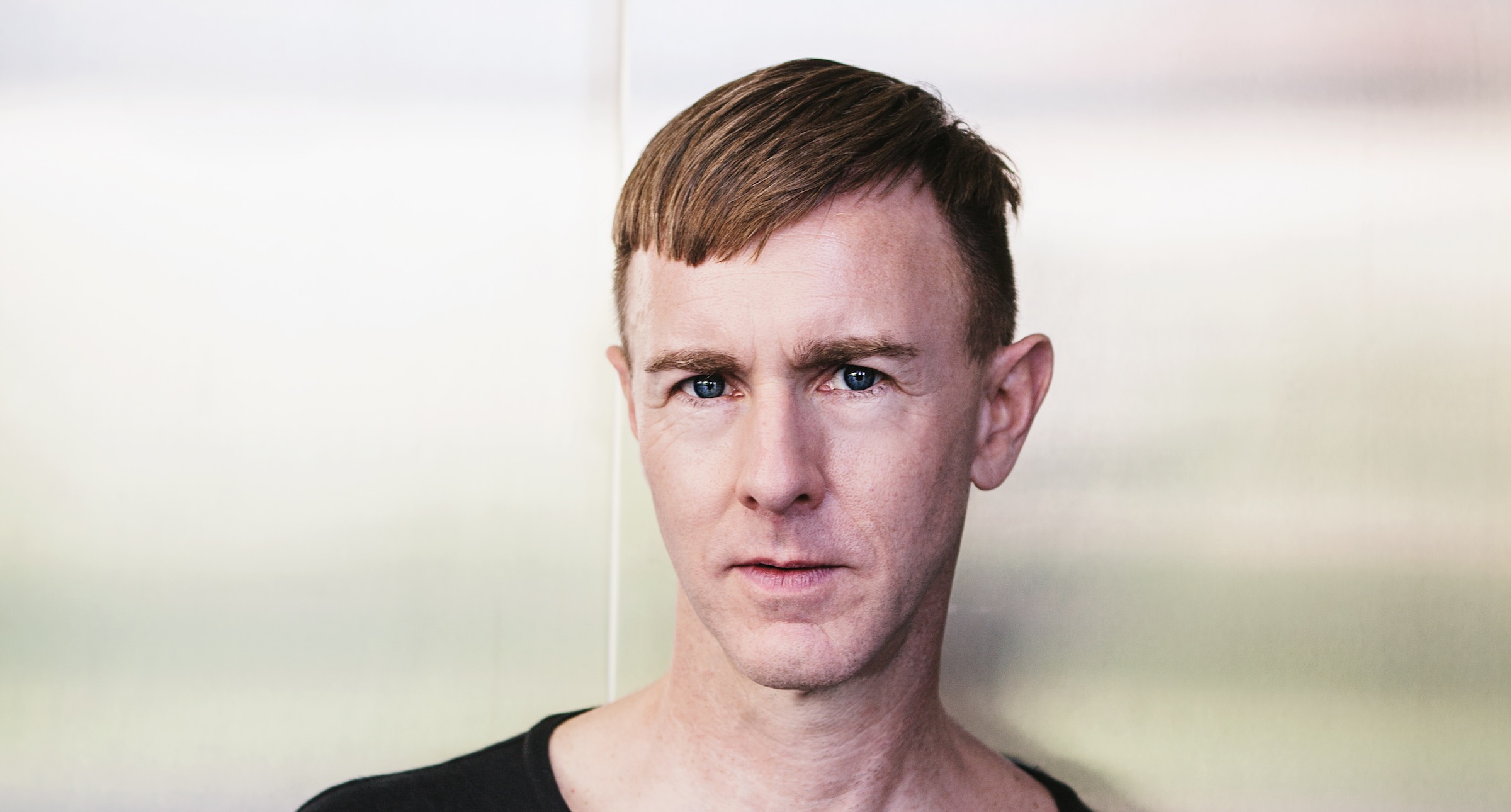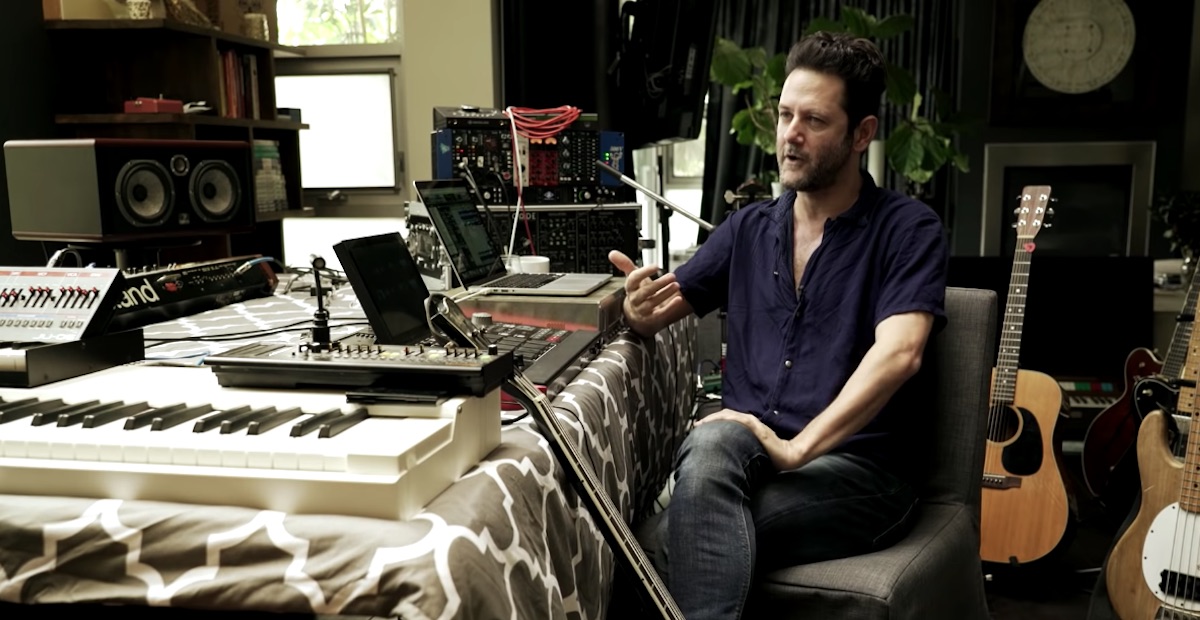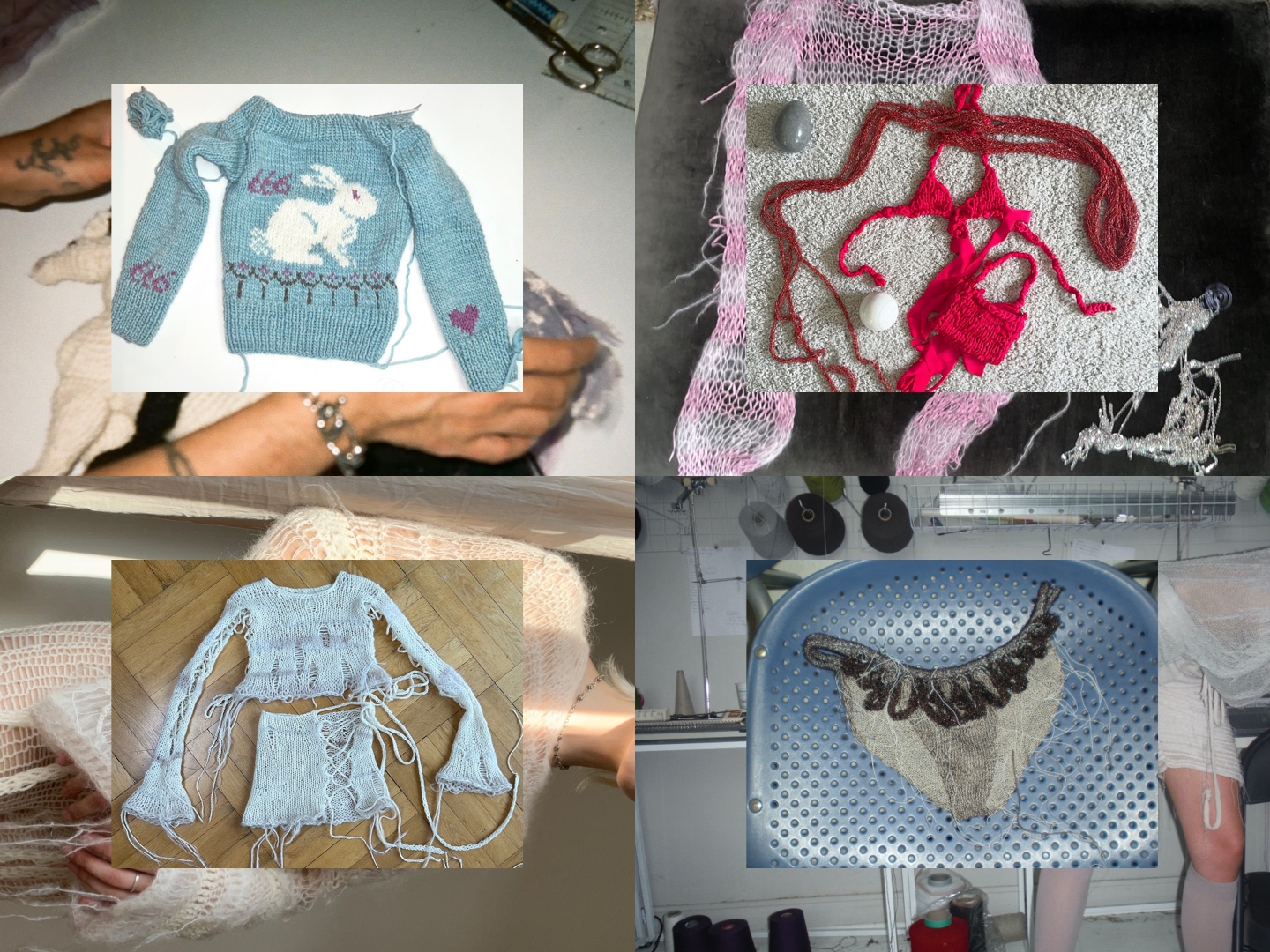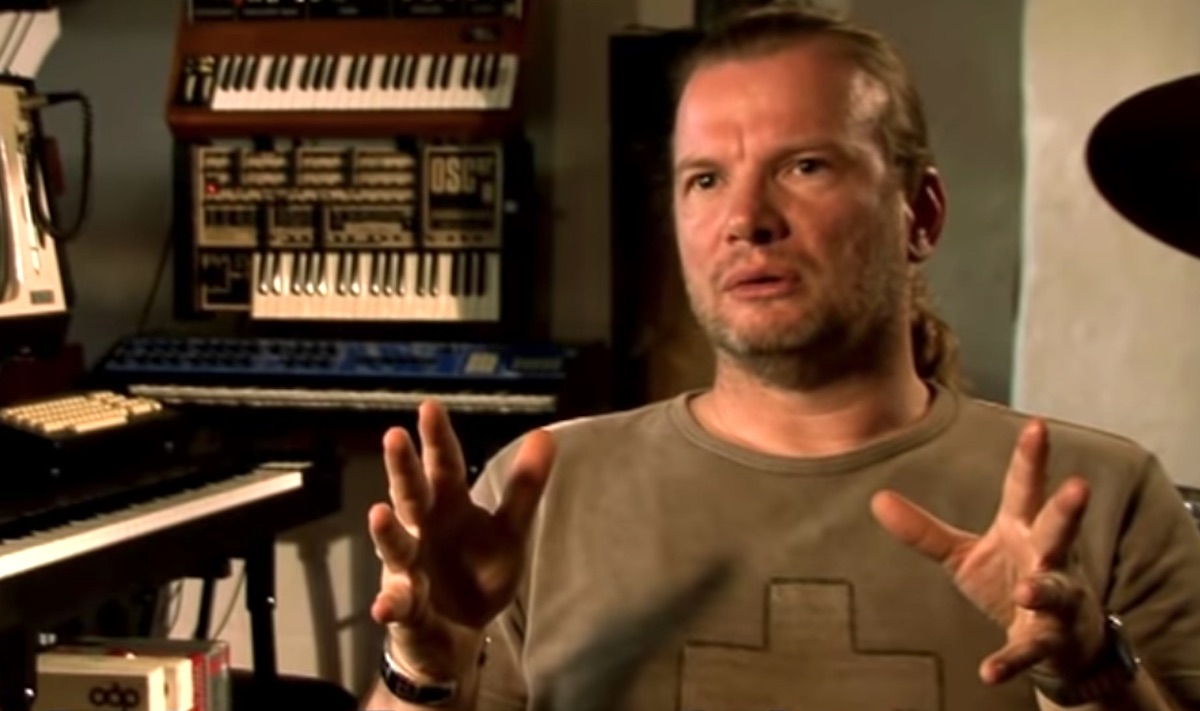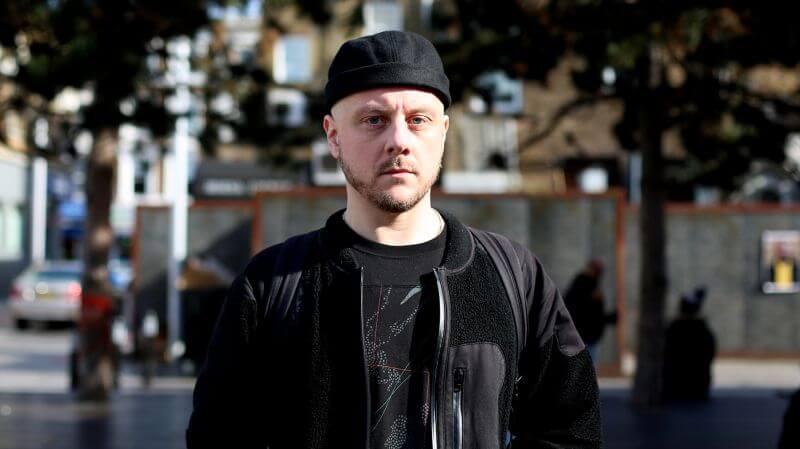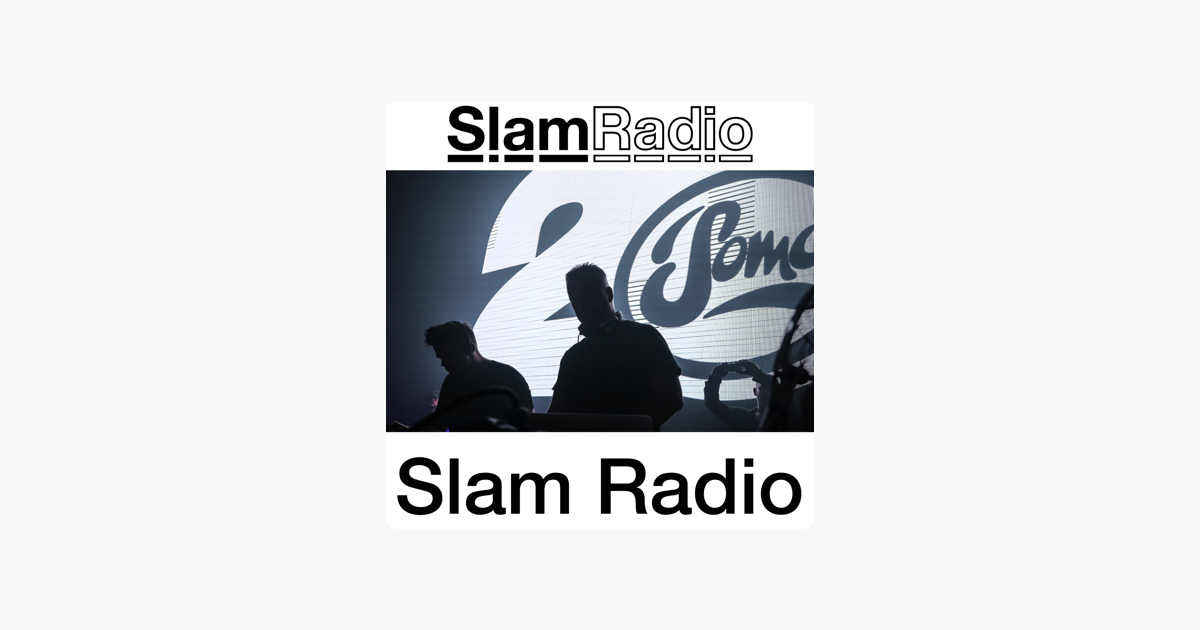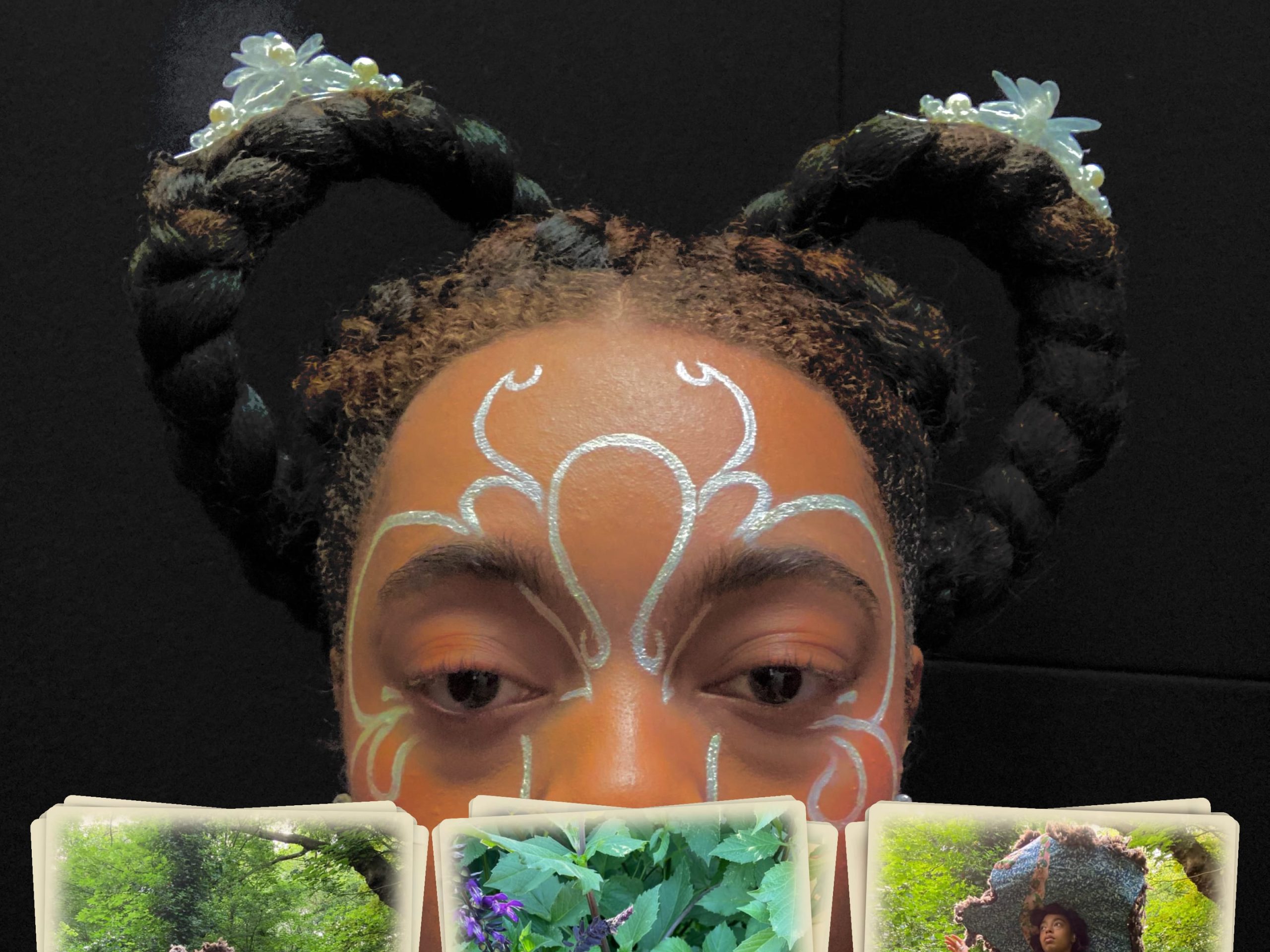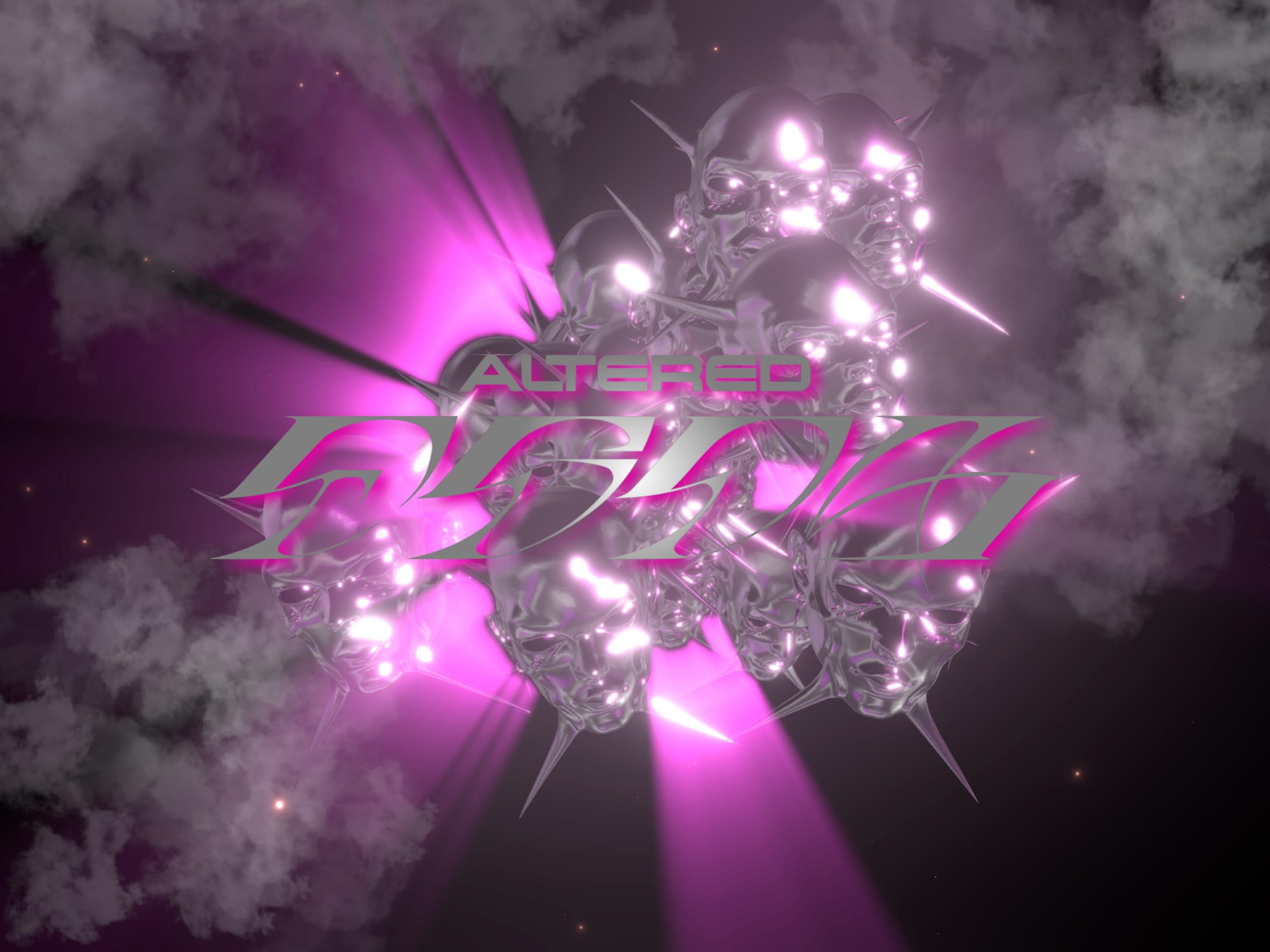From Love Parade to Lorenzo Senni: Is Trance Europe’s Modern Folk Music?
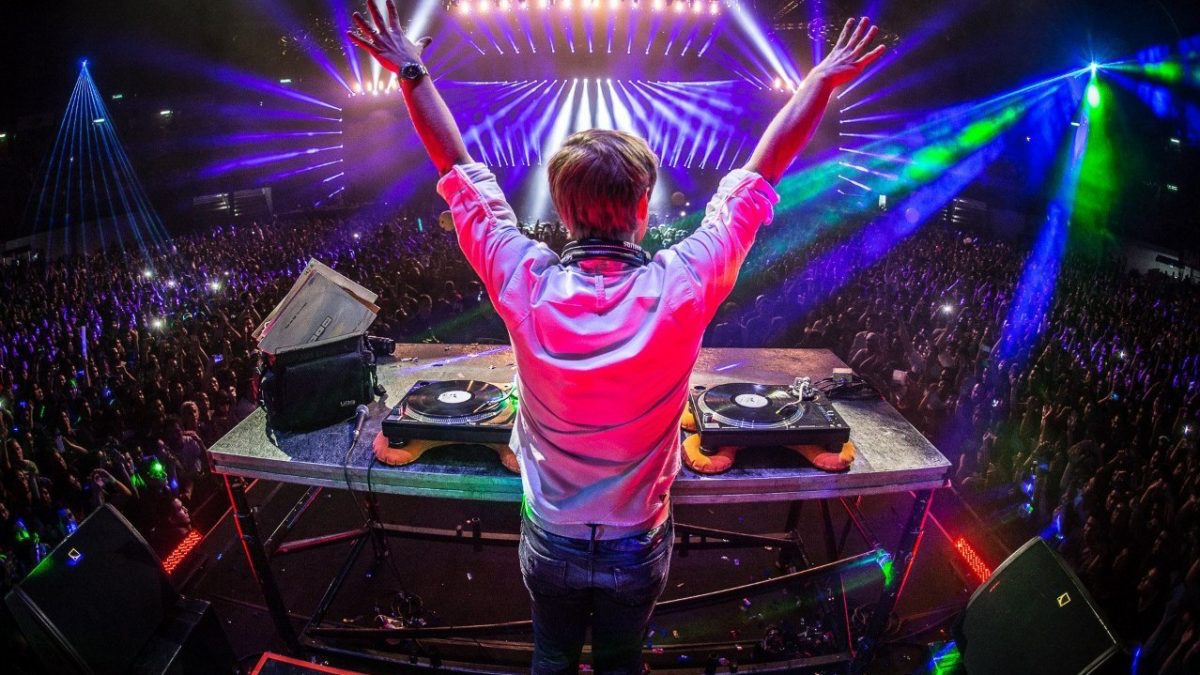
The twists and turns of trance’s storied history.
“Europe created trance, and trance in turn has soundtracked Europe’s recent evolution—it is a modern European folk music with all the trappings of a religion, and a refuge to millions of people who find common ground in its sonic language of capitalism.”
So begins journalist Finn Cohen’s fascinating new editorial for Pitchfork, “In Defense of Trance”. And, to a certain extent, Cohen has a point. Despite their explosion in popularity in Europe since their first arrival in the late ’80s, house and techno—the genetic forbearers of trance—have somehow maintained a certain “underground” (if that is still the right word in this context) appeal, with hipsters and chin-stroking club elite joined in mutual appreciation.
Trance, on the other hand, enjoys the kind of mind-boggling stadium worship of millions that makes it immediately prone to the kind of sneers and scorn from those “in the know”. Its sincerity is read as cheese; its optimism interpreted as naivety.
https://www.youtube.com/watch?v=t0V_fghizcM
Be that as it may, it’s exactly this kind of reverence for the well worn tropes of elation, build & drop, ecstatic saw-toothed arpeggios and arctic reverb that lends trance the makings of a shared, transnational musical vocabulary. Most significantly, it spoke in its earliest days to the downtrodden and forgotten—from the United Kingdom to Frankfurt—and tied together a complex history of post-Berlin Wall Europe, globalisation and consumerism.
As Cohen describes: “After the Berlin Wall fell and the Cold War ended, leaps in technology and shifts in expendable income shattered social norms in Europe, enabling trance to spread like a mutating virus. Its DNA lurked in the New Beat scene of early-’90s Belgium and the coastal warehouses of València, Spain’s makina and bacalao parties; it emerged from techno in the clubs of Frankfurt and the squats of East Berlin, and was carried to the genre polygamy of Ibiza’s club scene; it flew back on cheap flights to the parties of Conservative-era England and the slick bombast of the Netherlands. For much of the ’90s, trance was the logical evolution of the club cultures born in Detroit and Chicago—to that era’s listeners, it was the future.”
So what is the afterglow of this trance future? Read the full piece over at Pitchfork here. Watch an early documentary about the early years of Berlin trance above.
Read more: How Ciel uses trance and new age to move dancefloors

